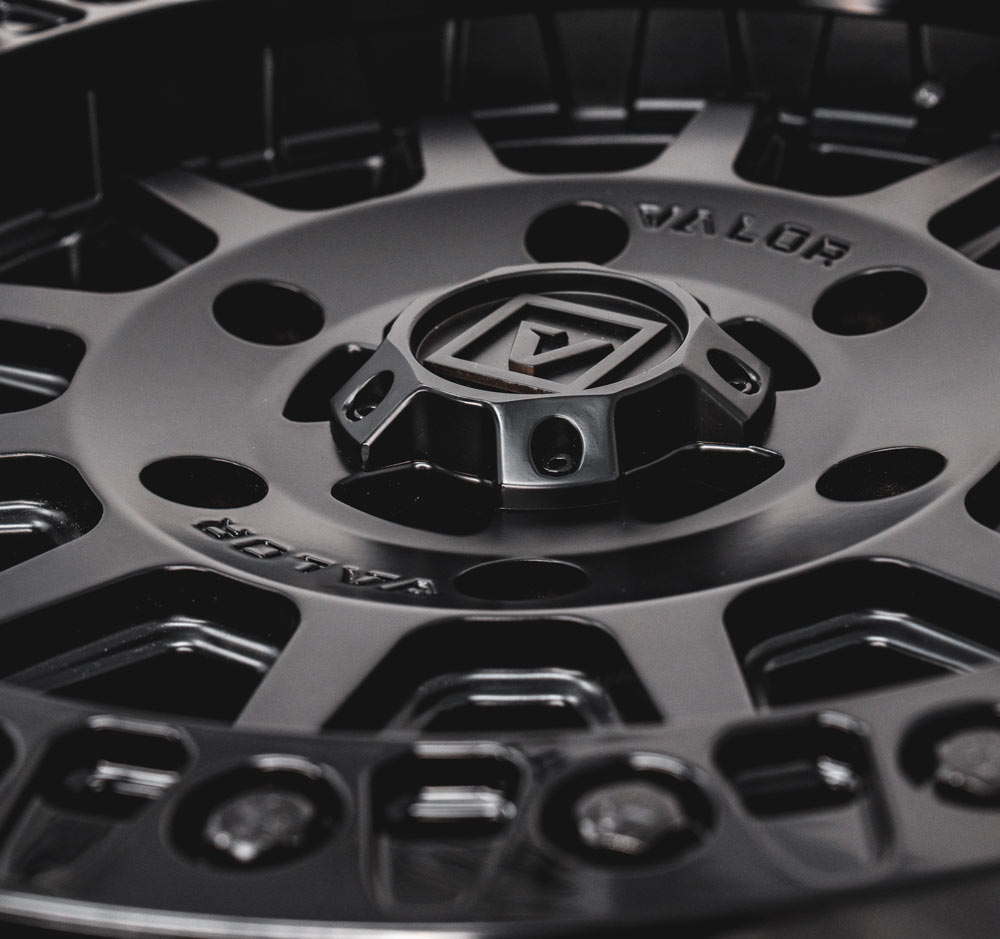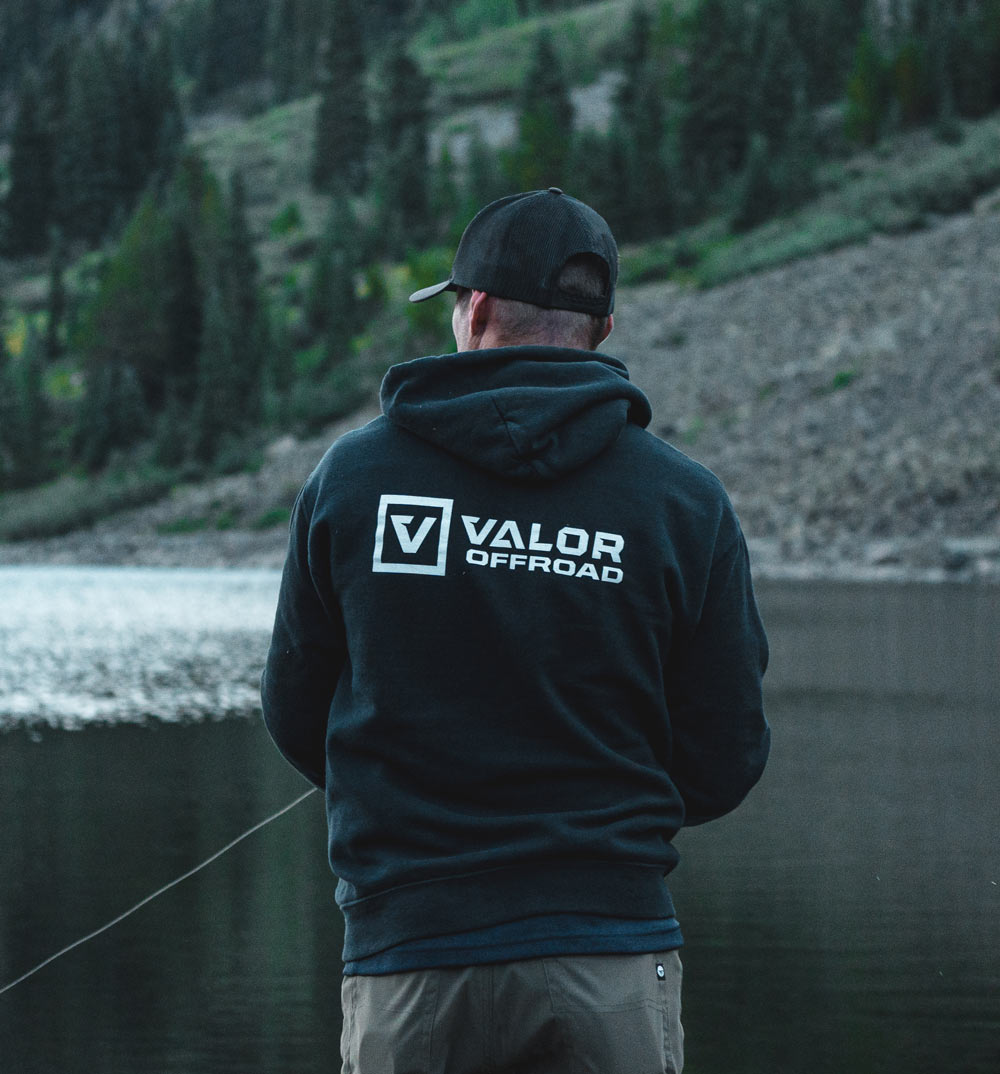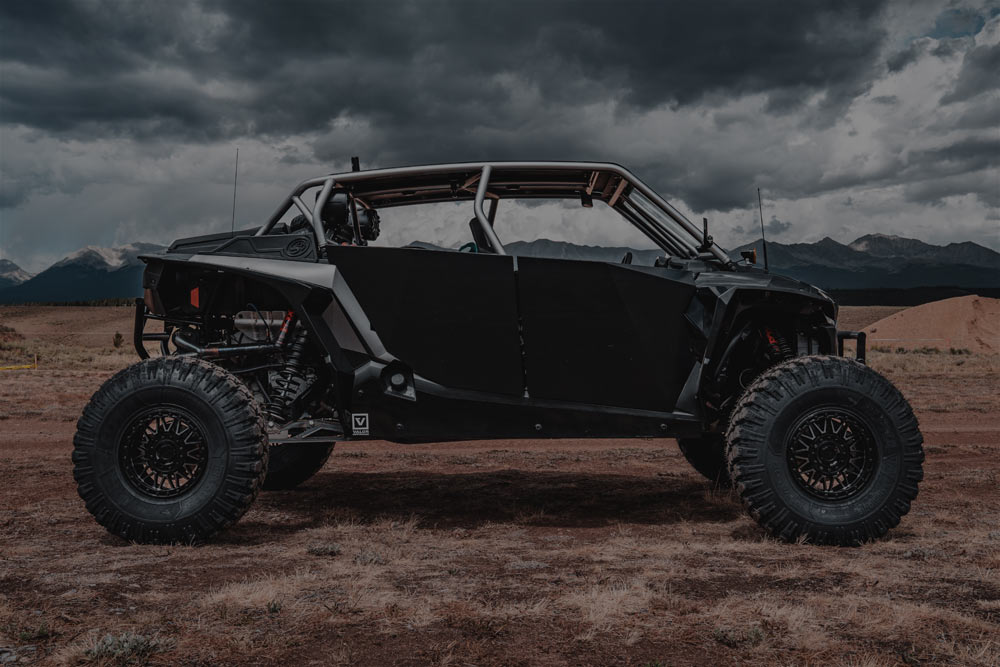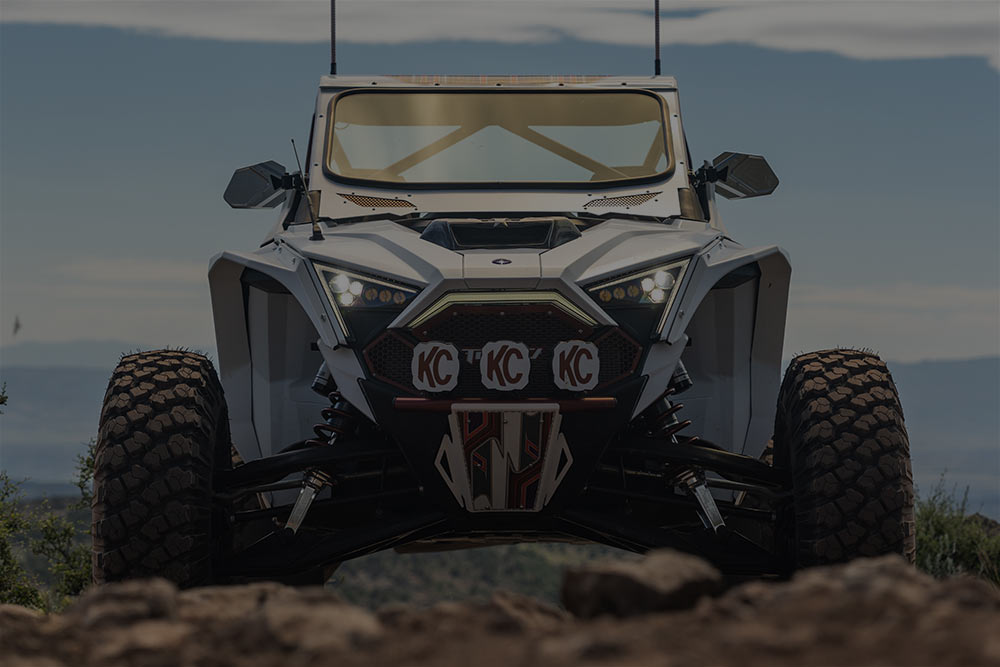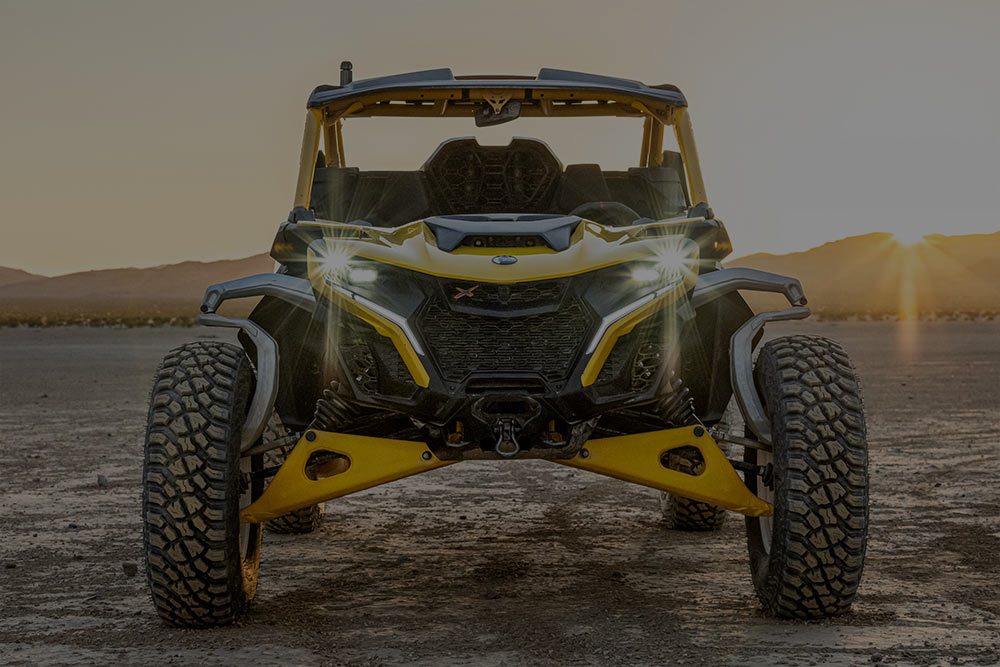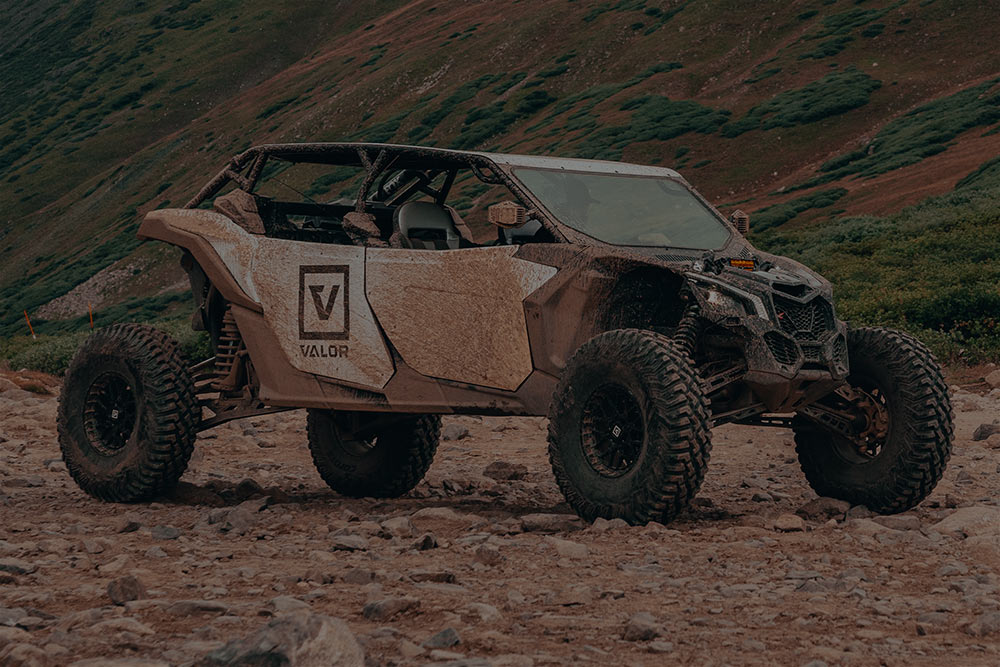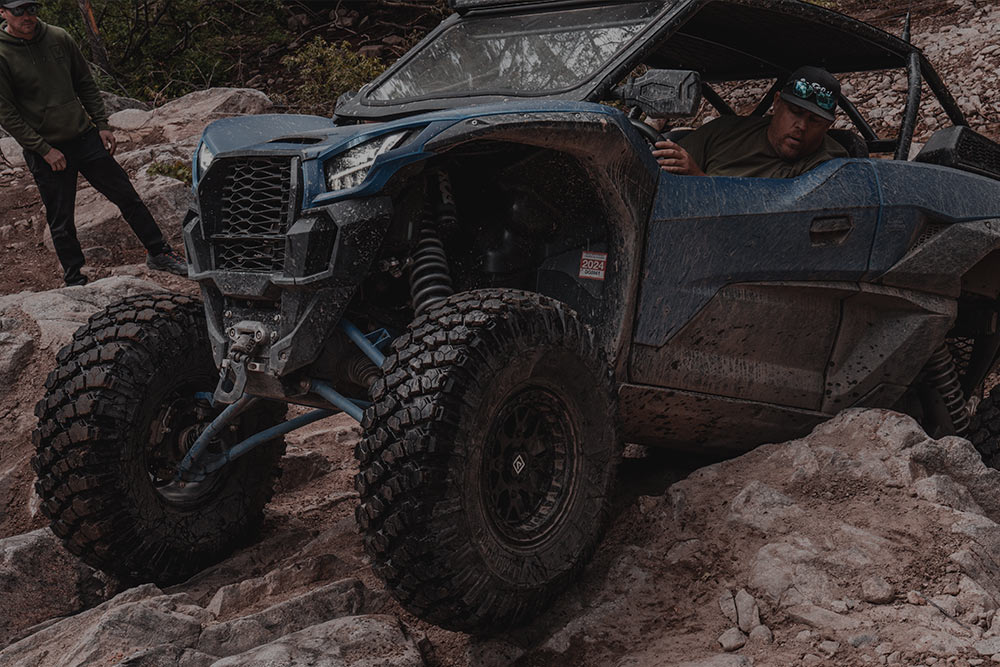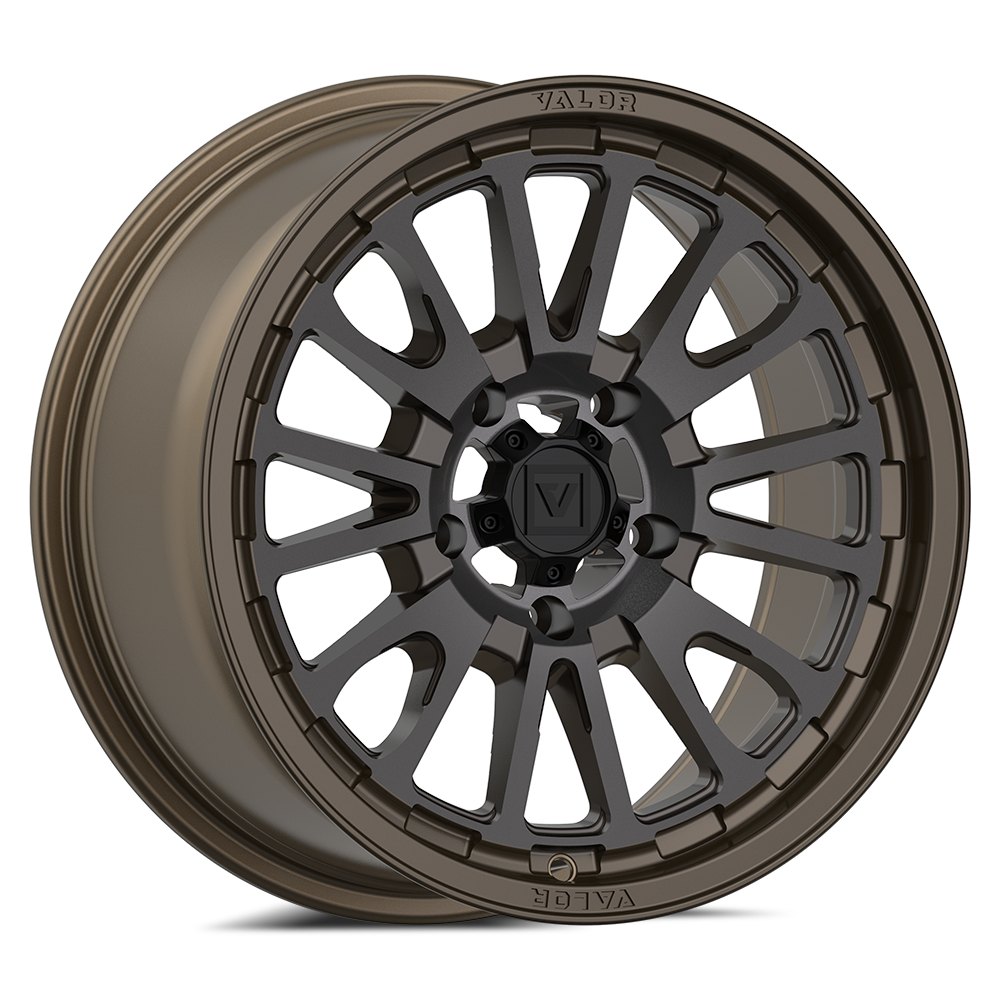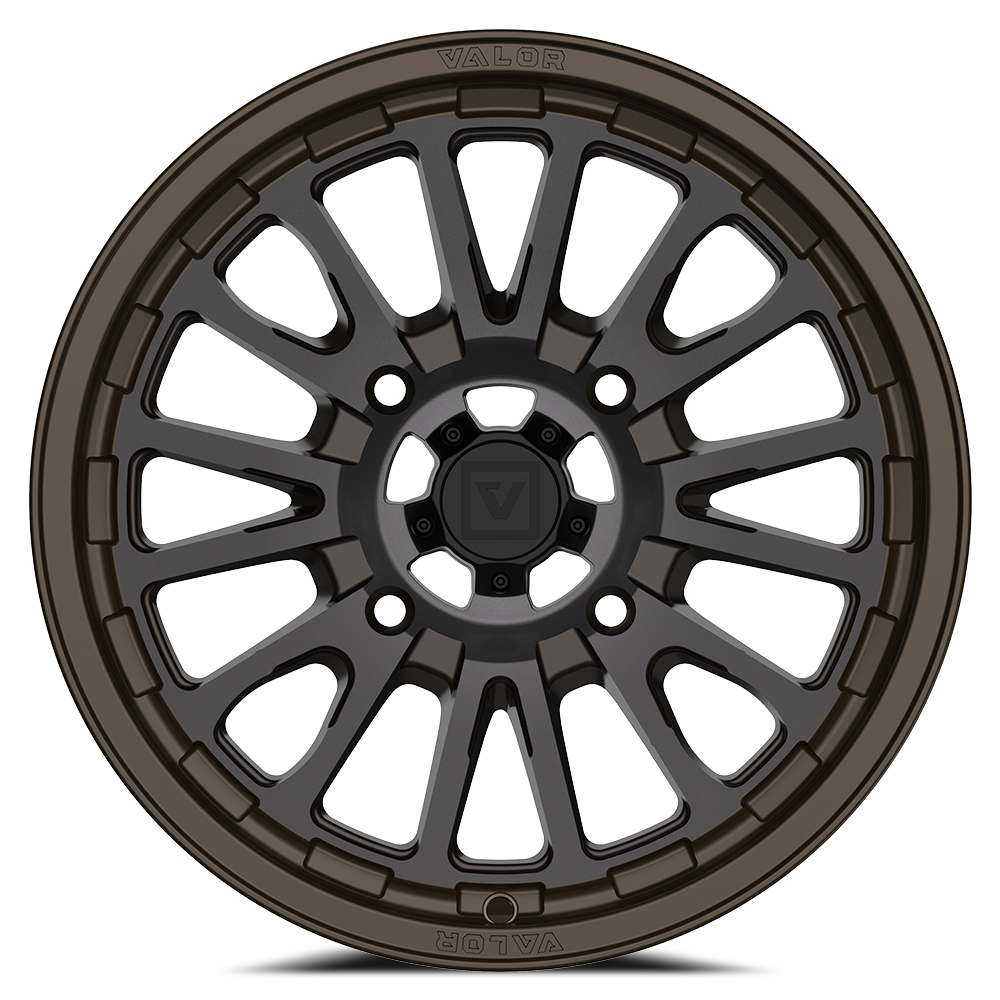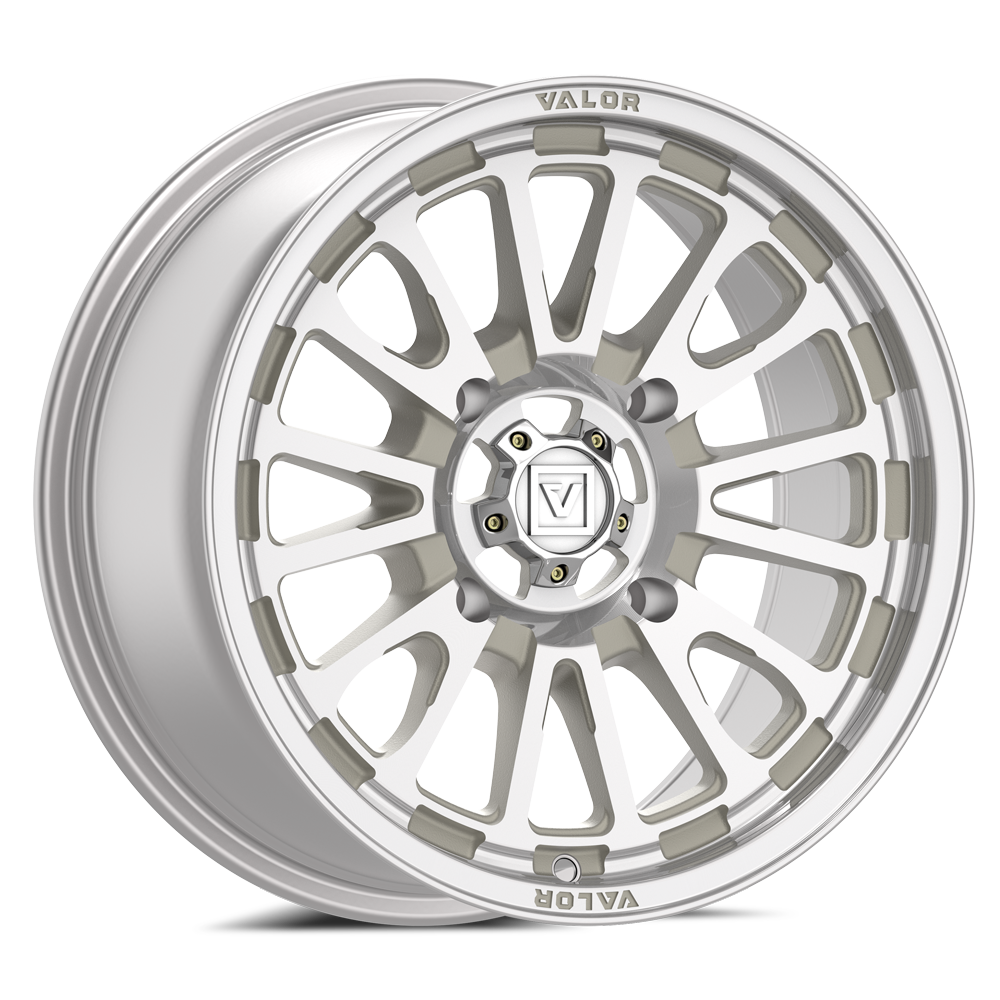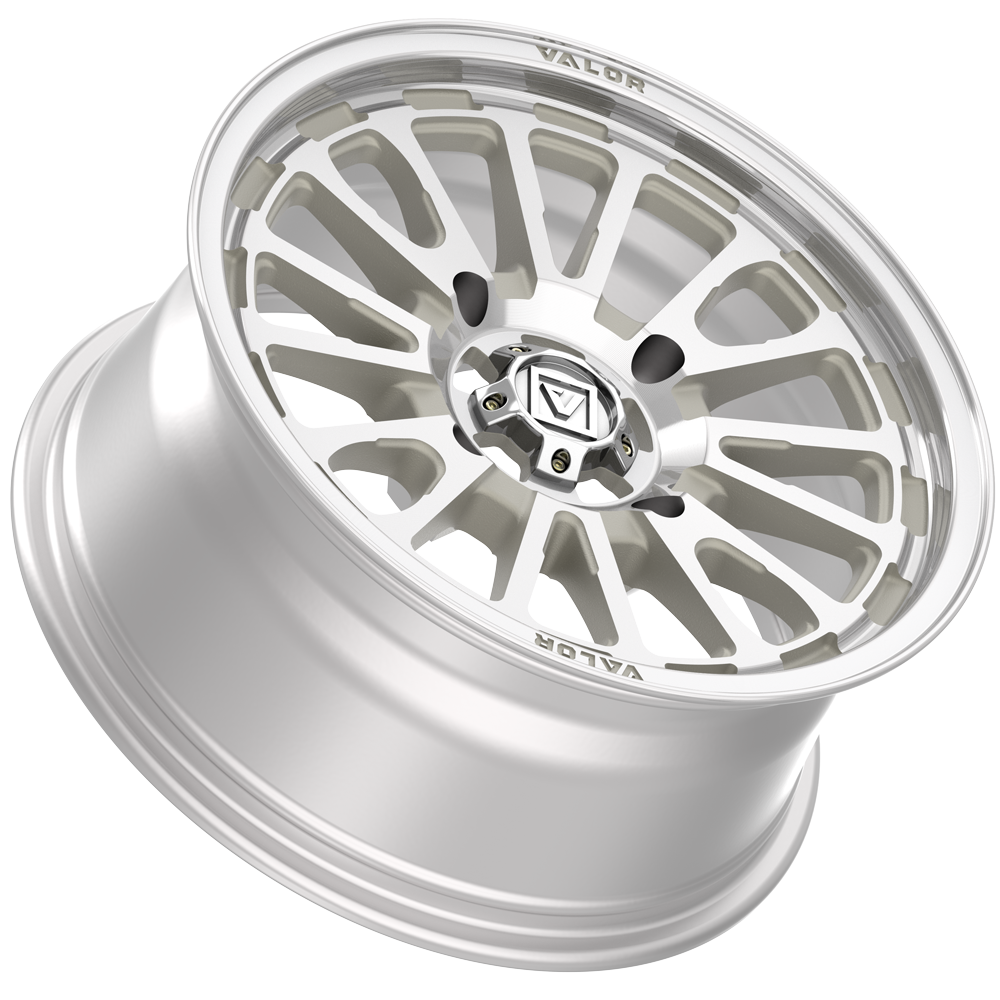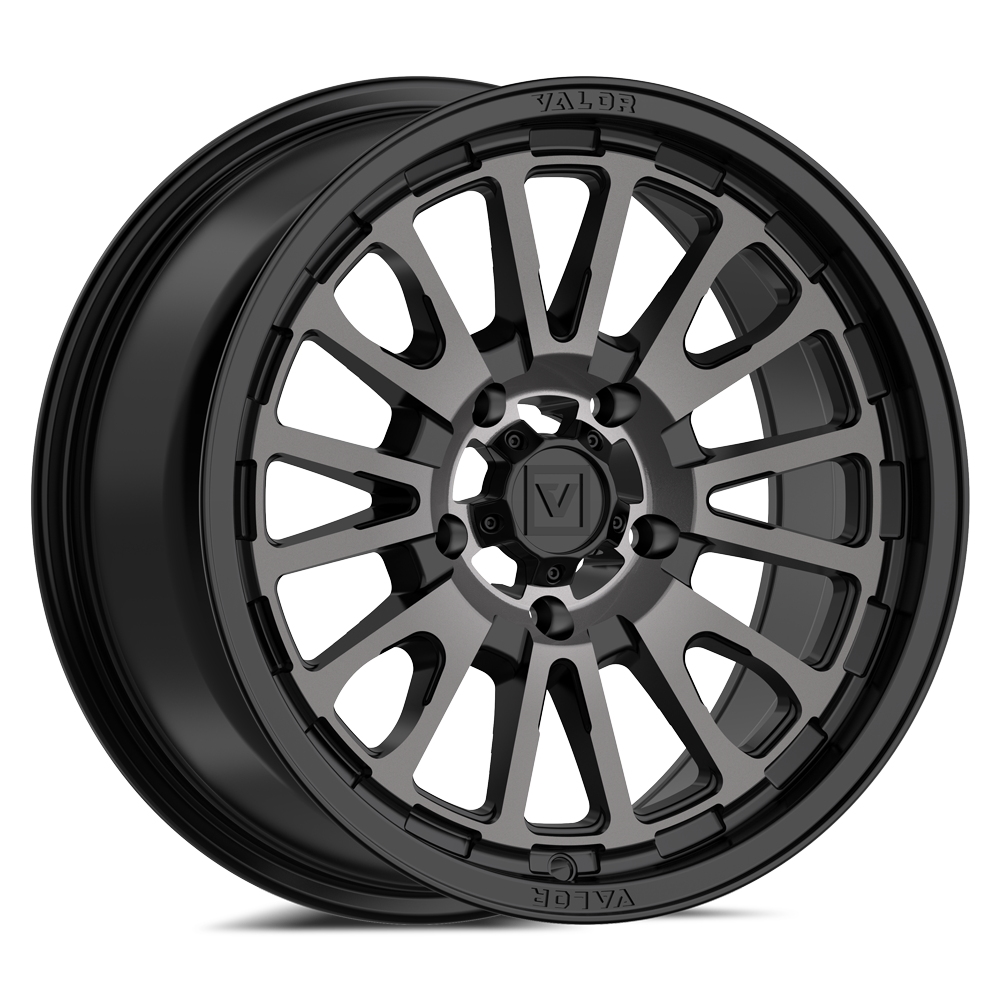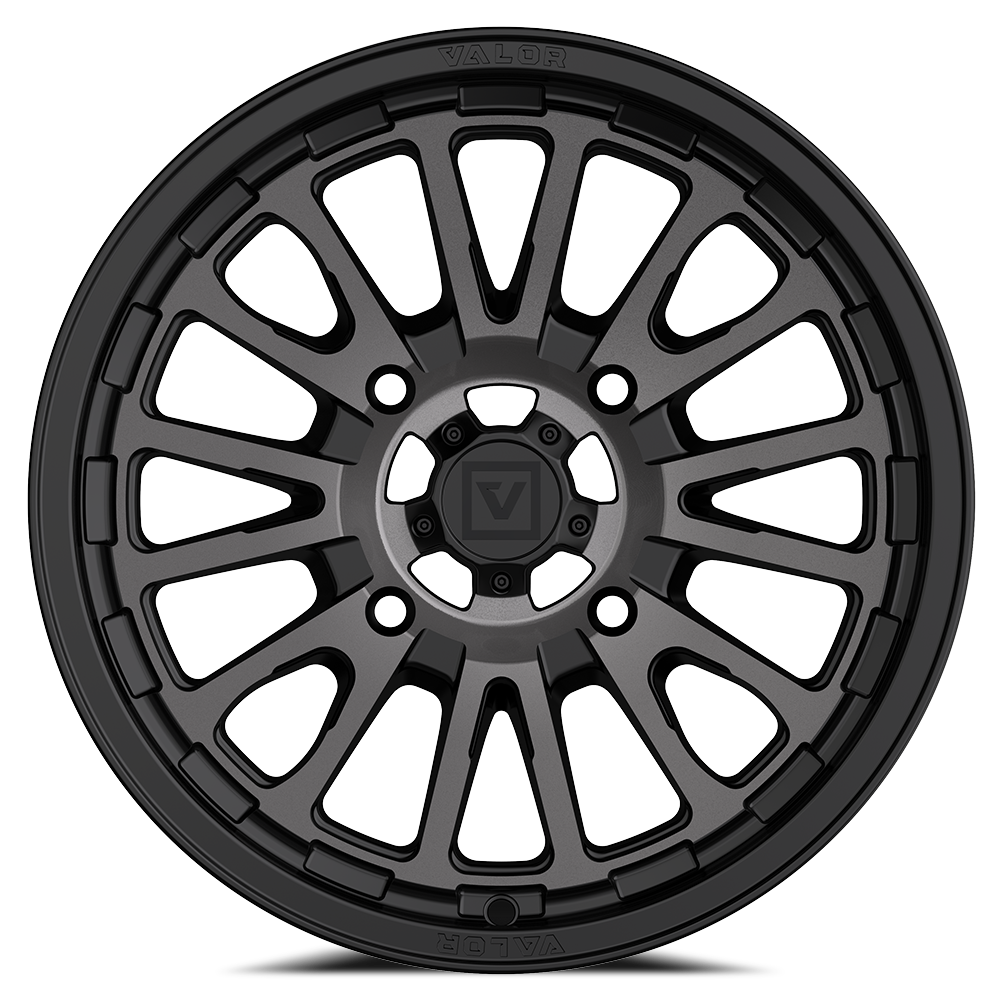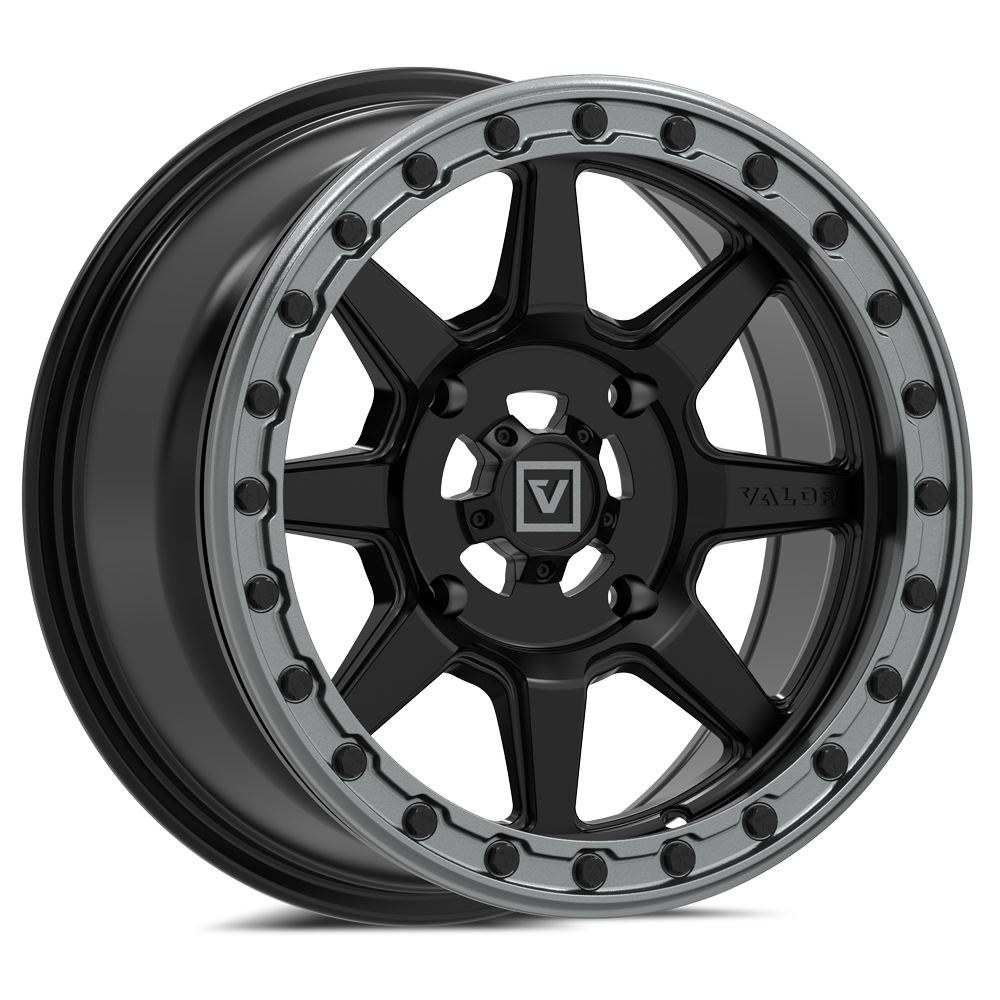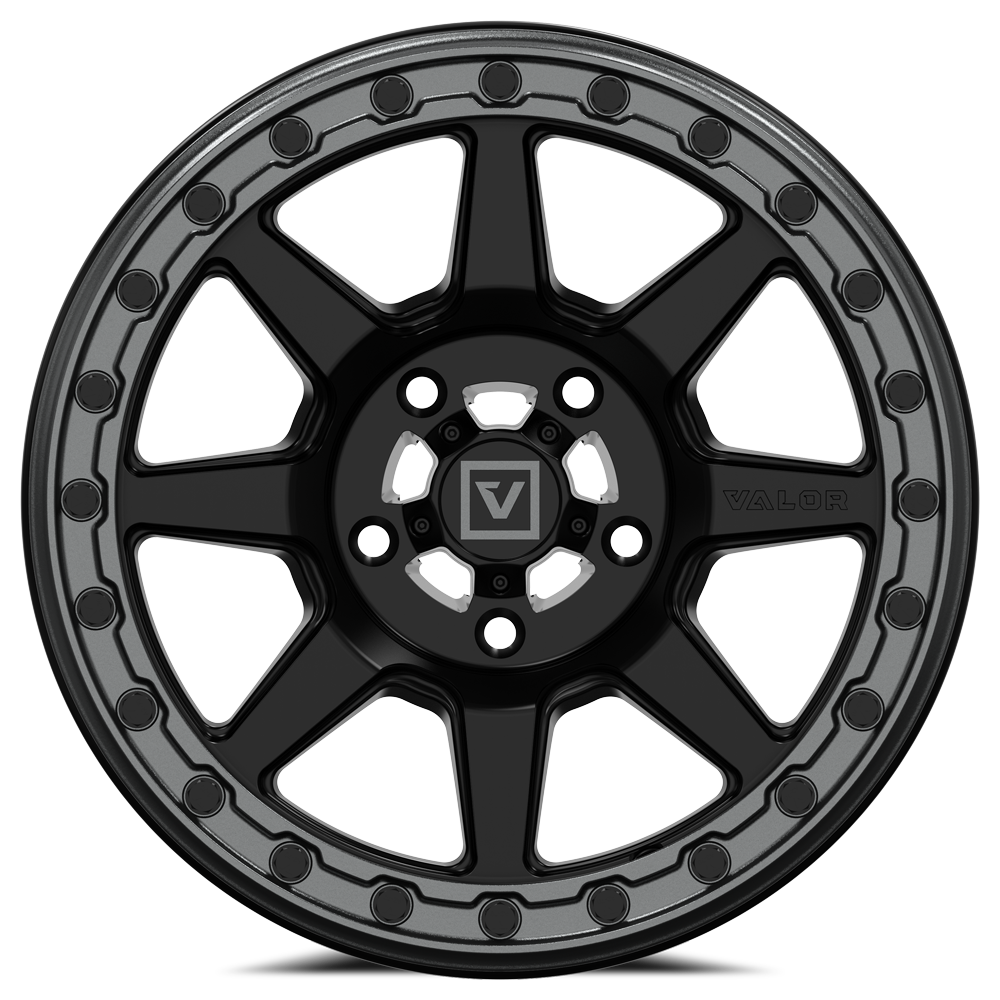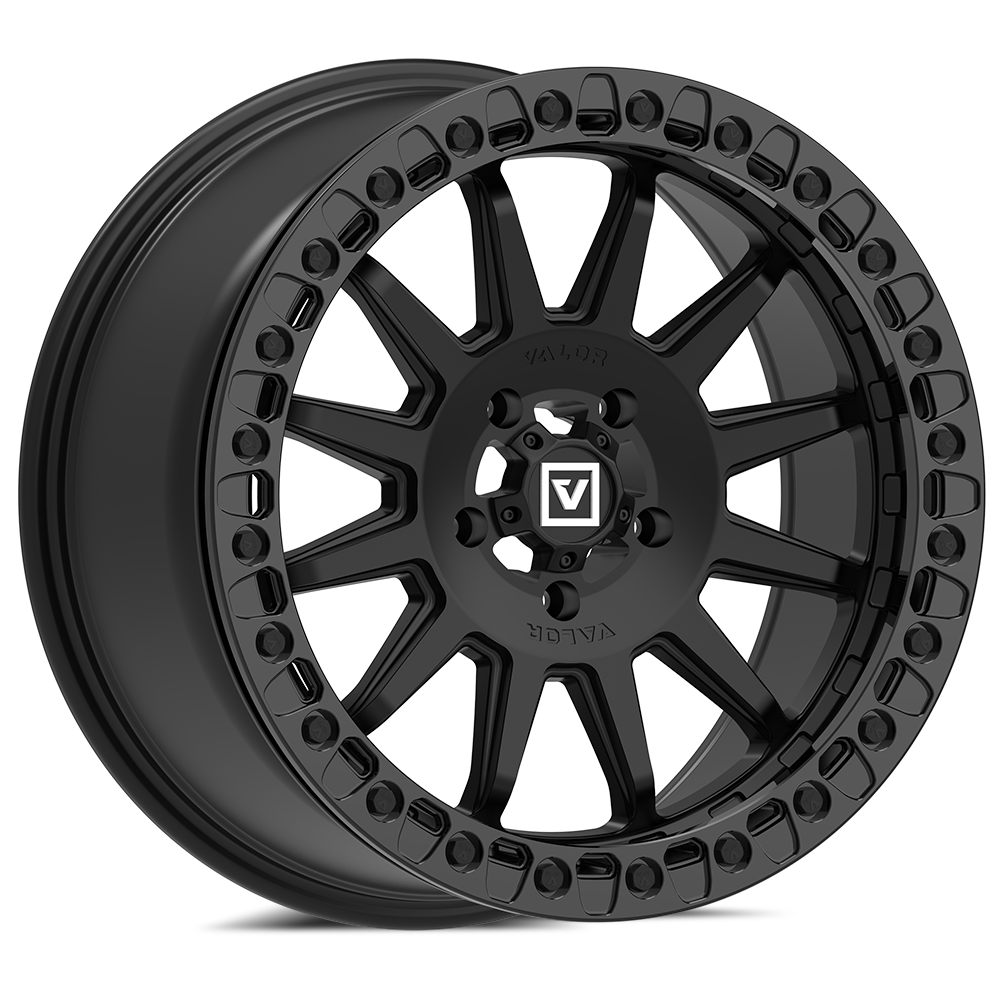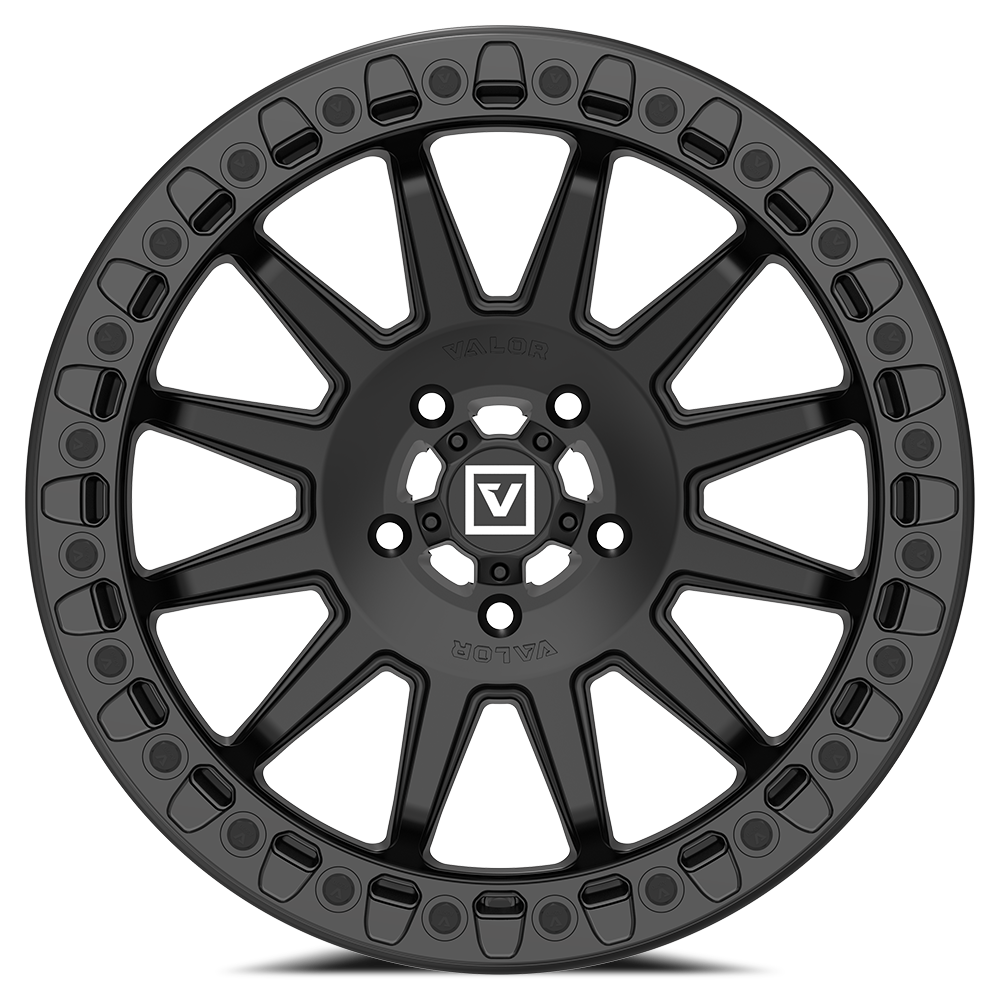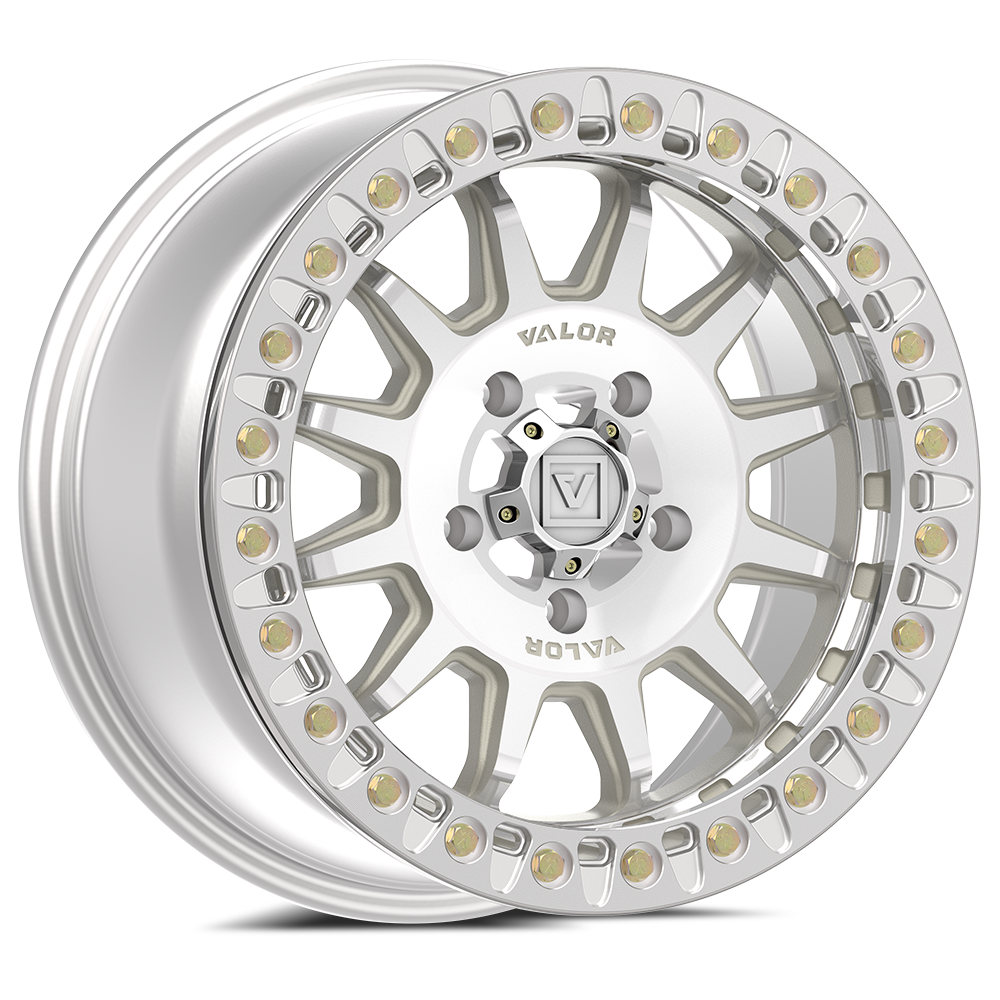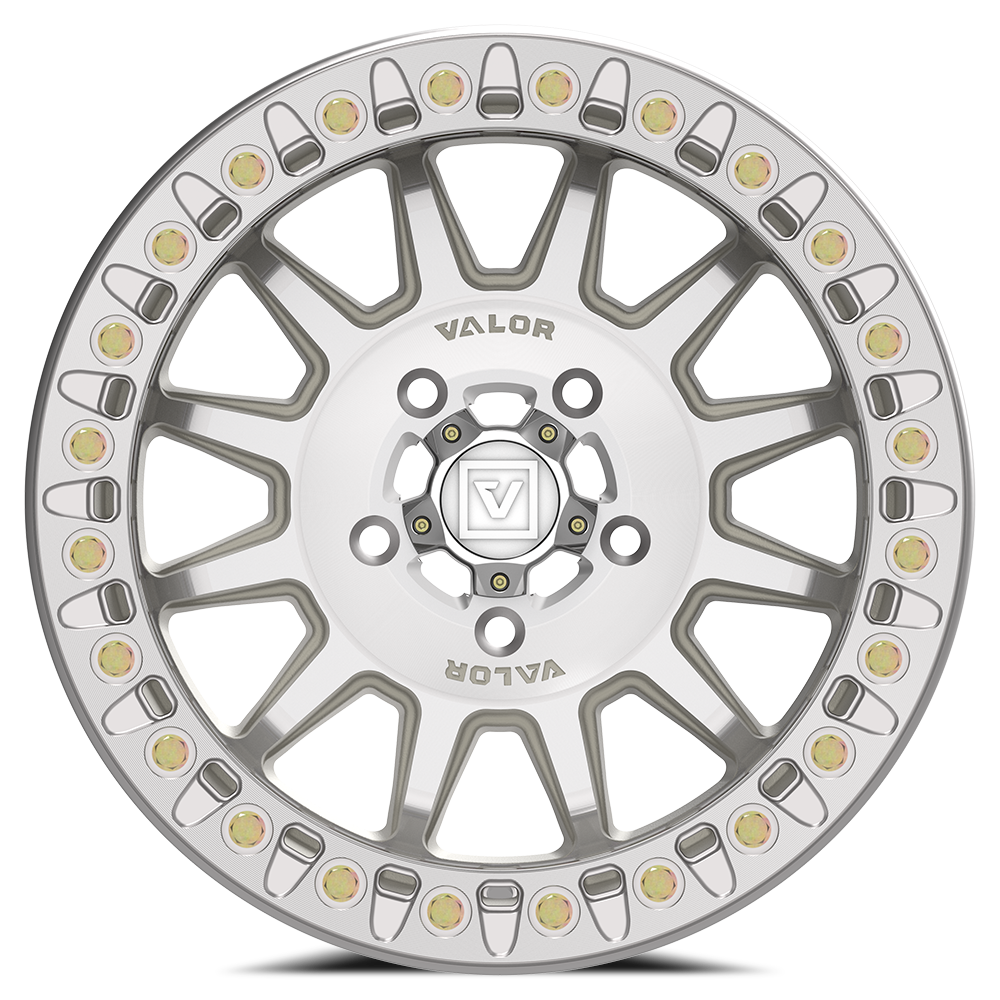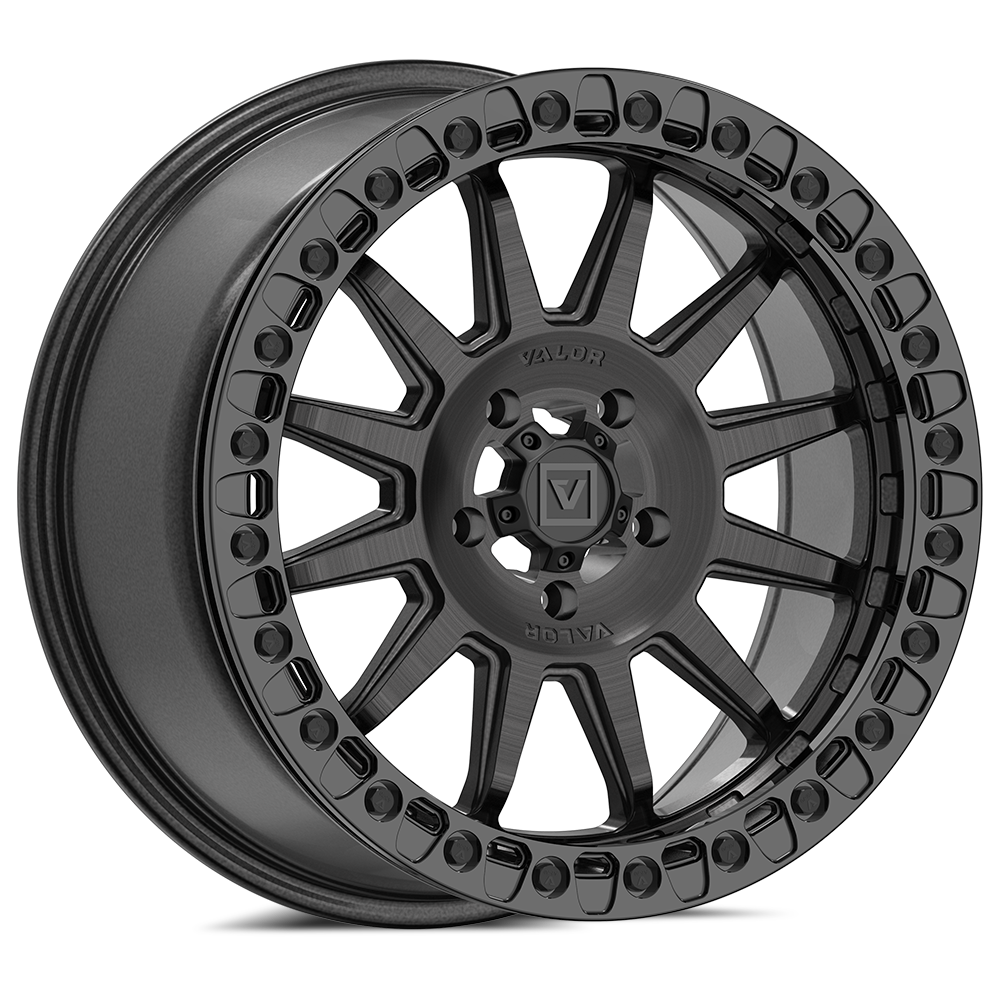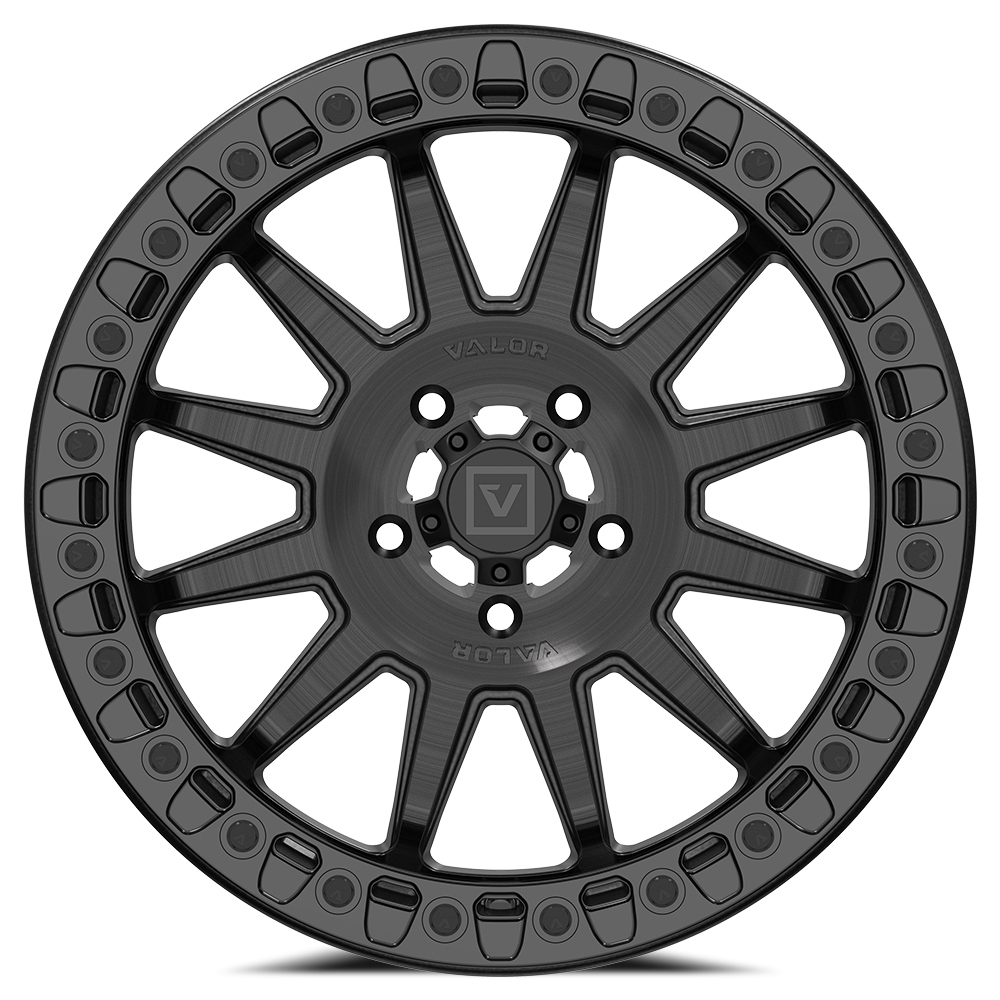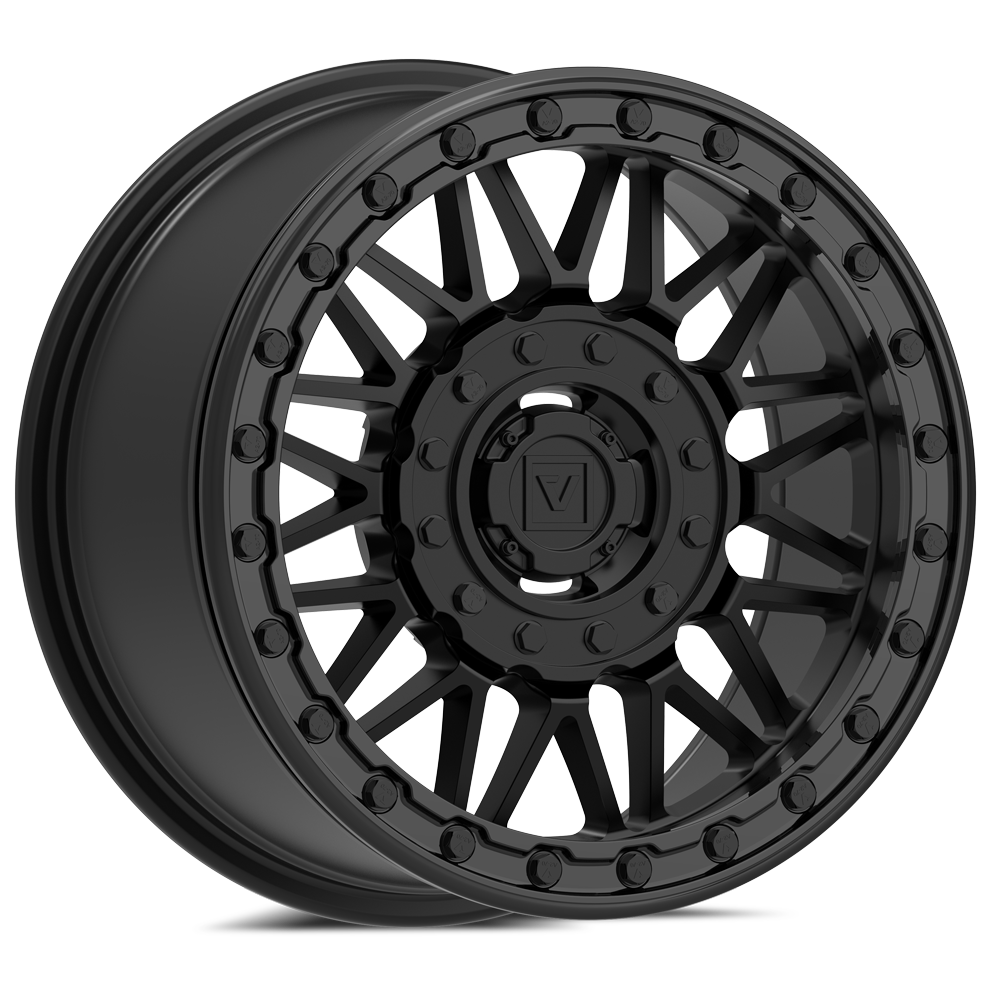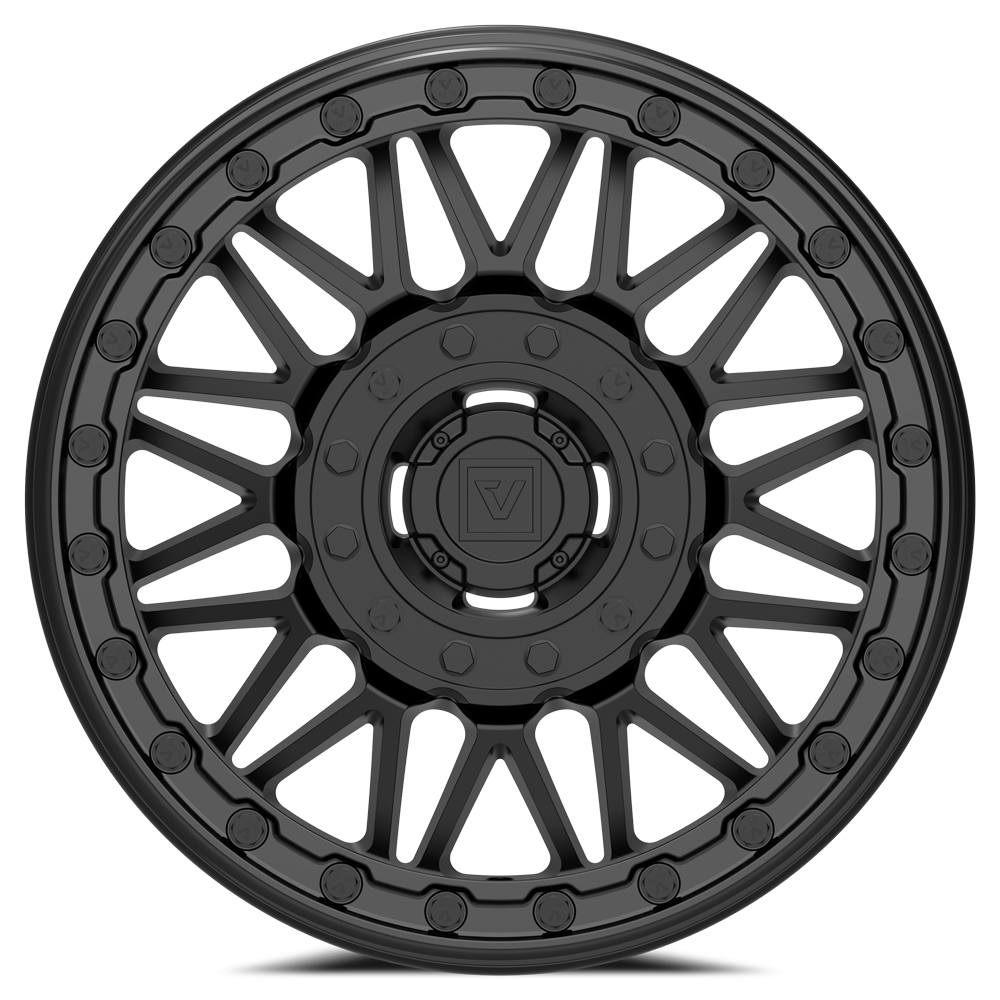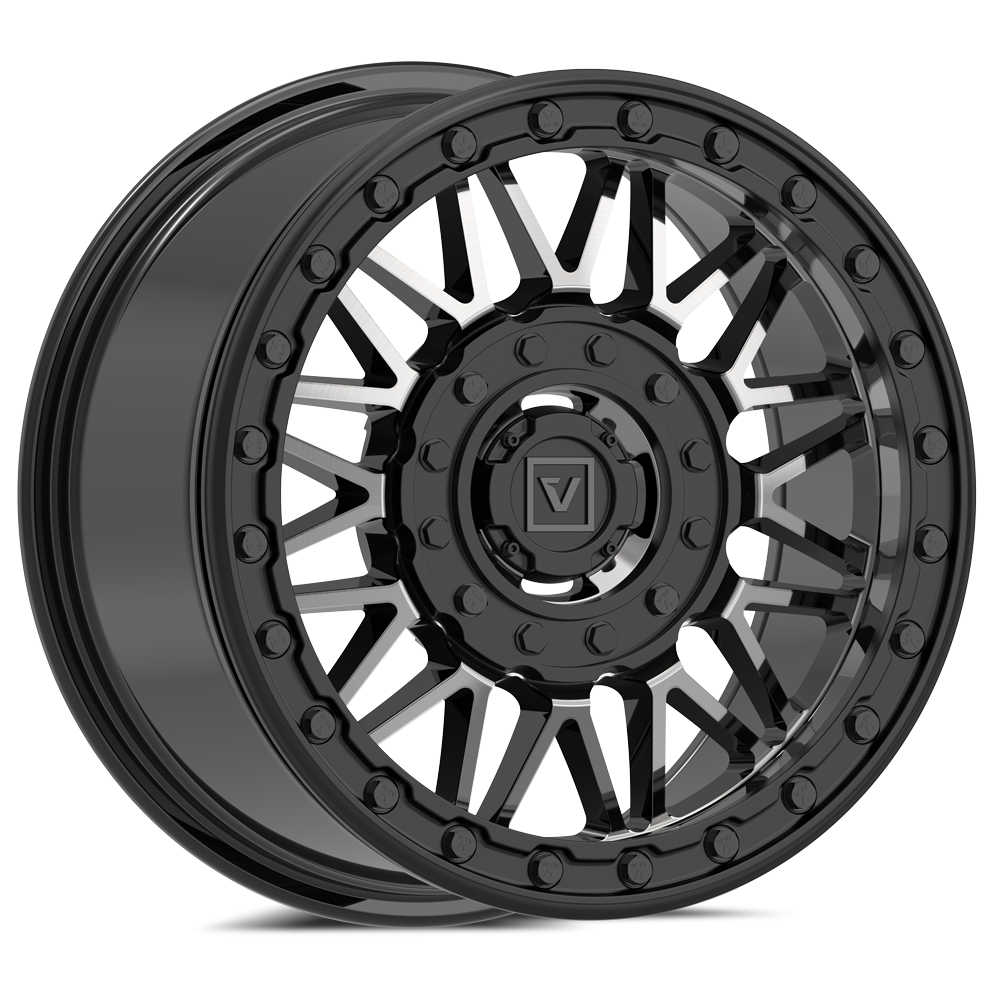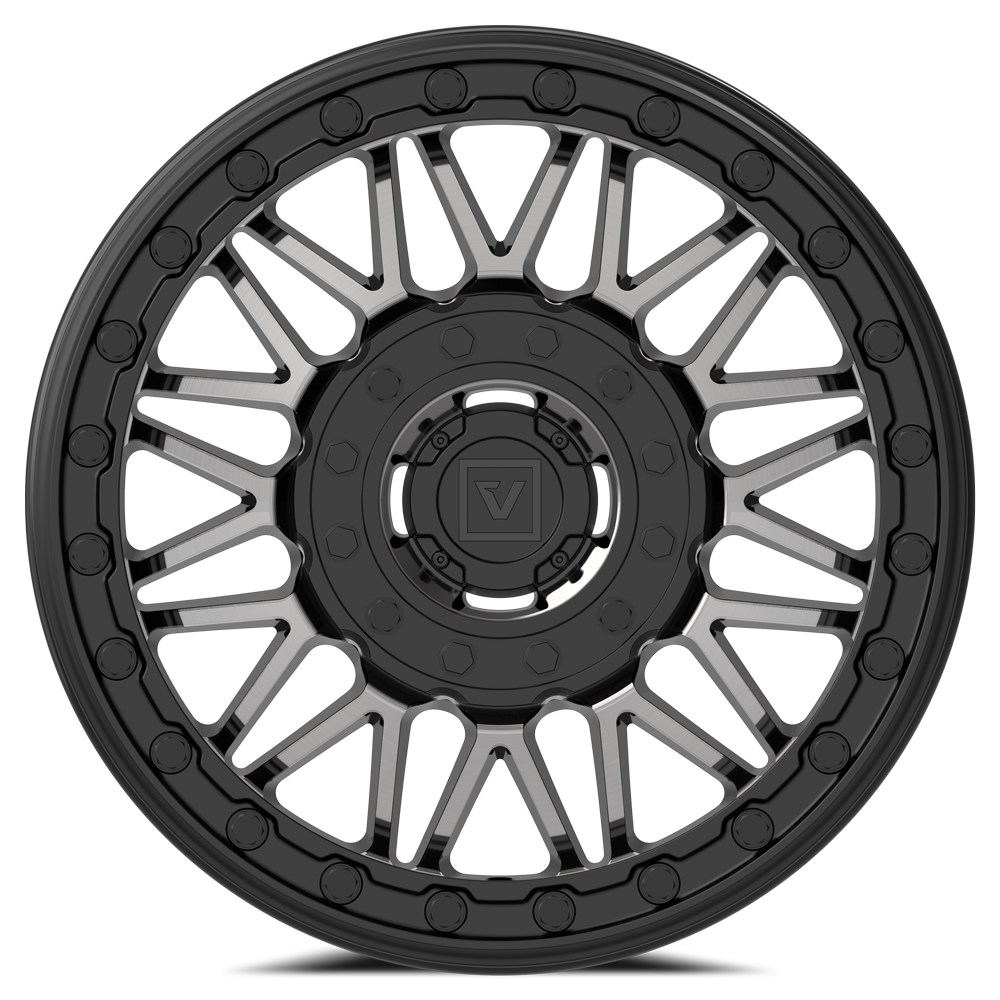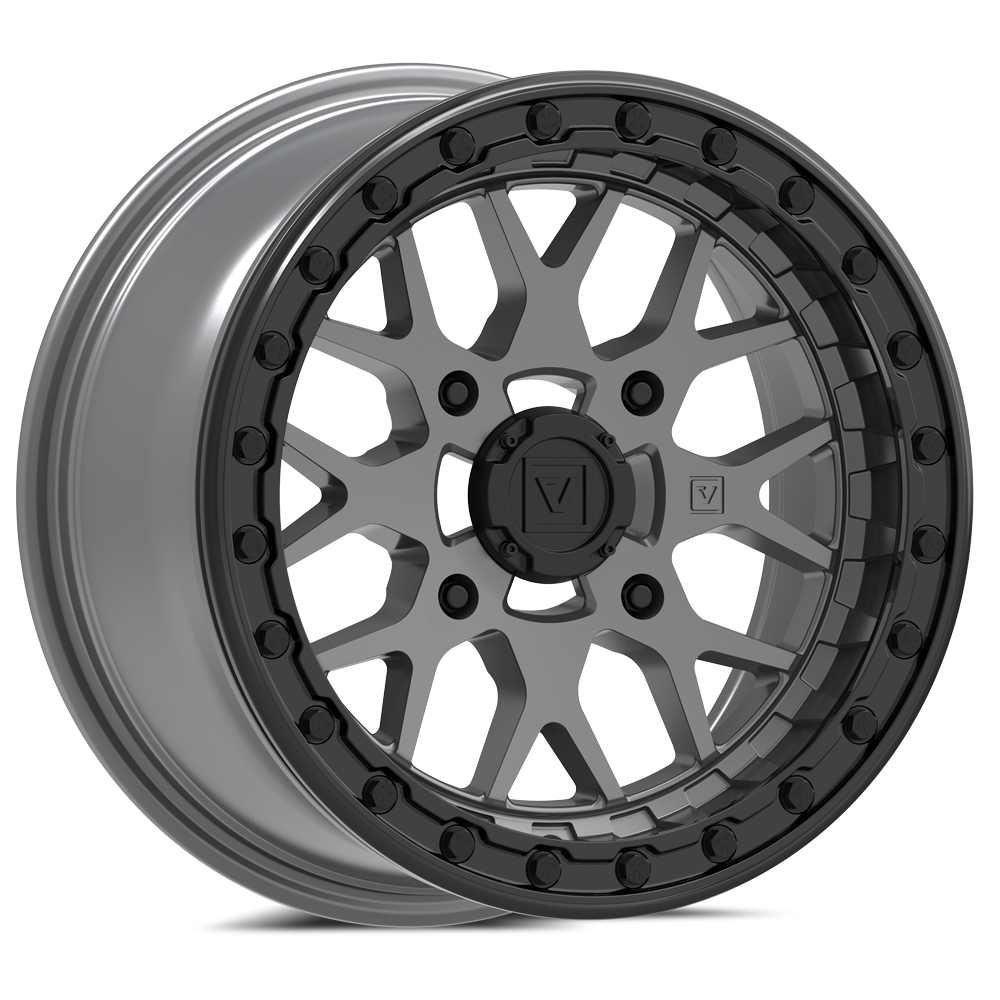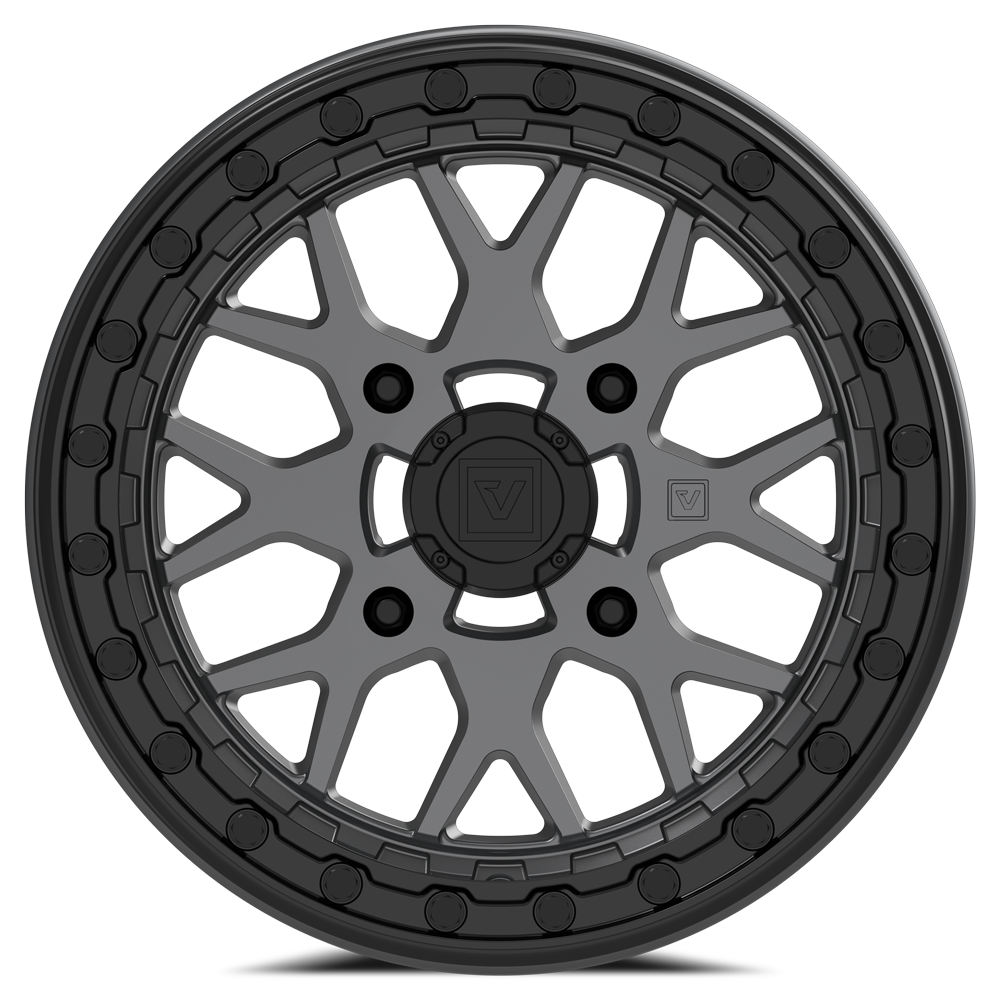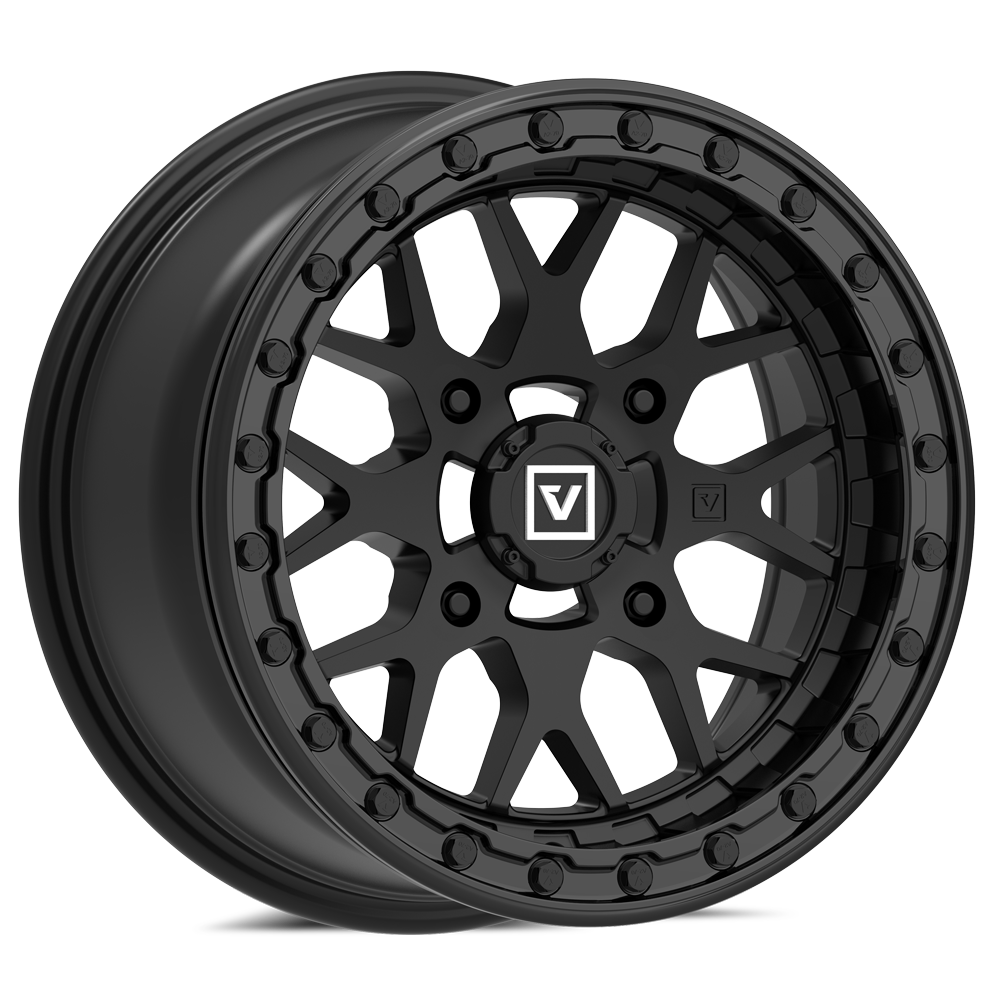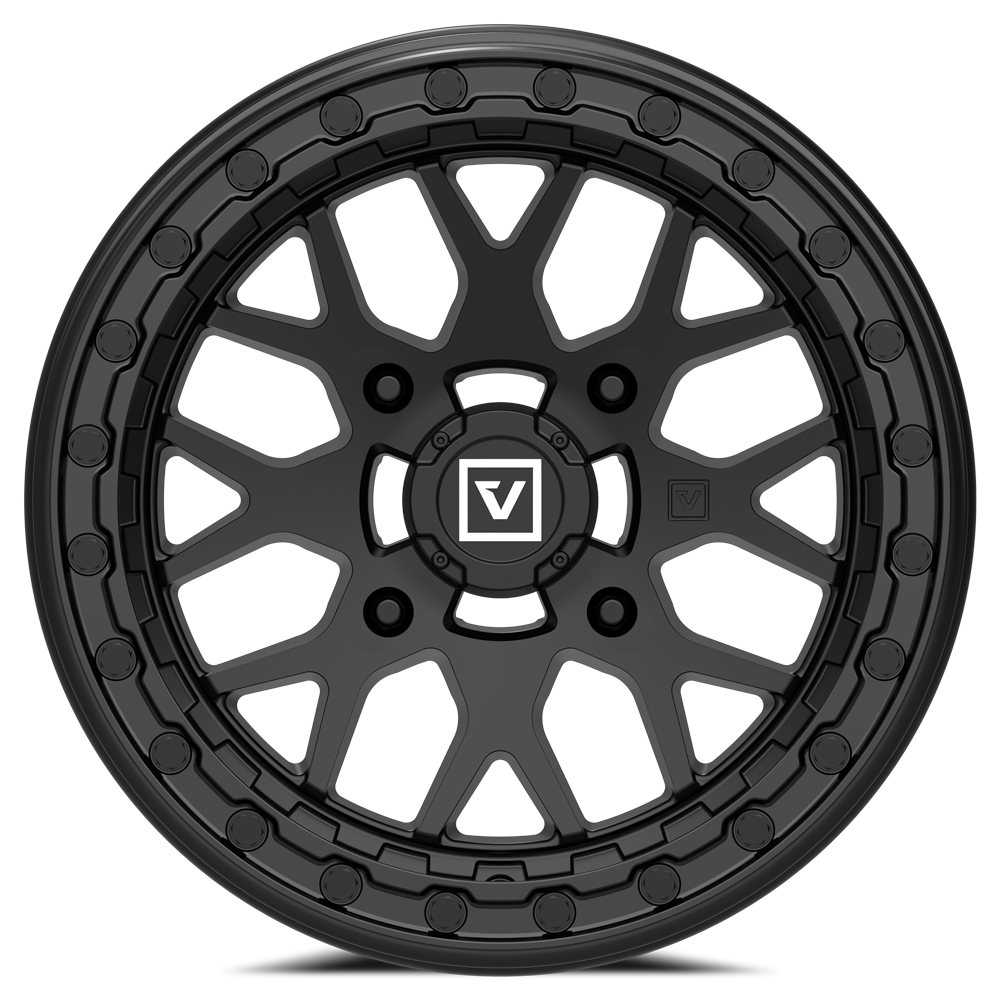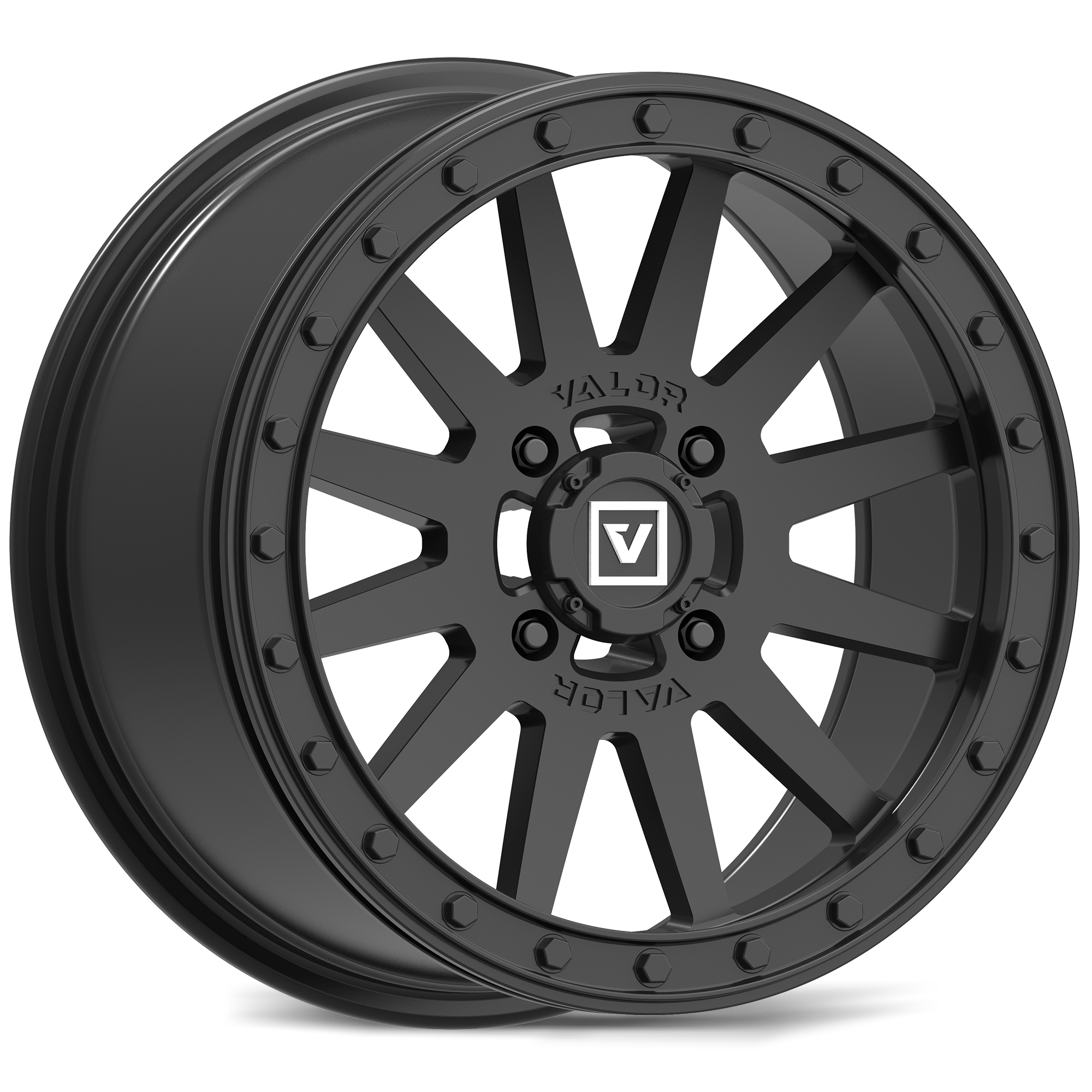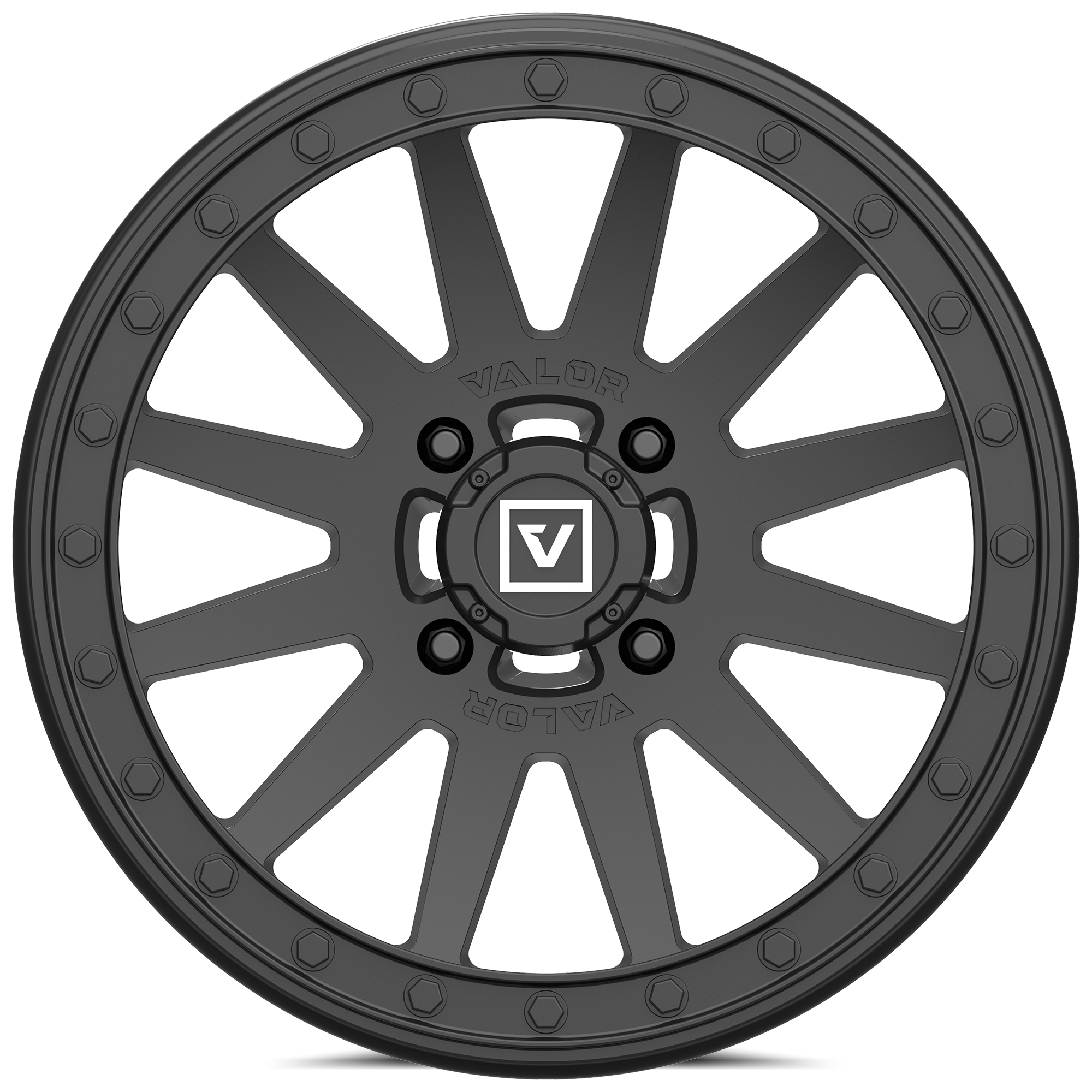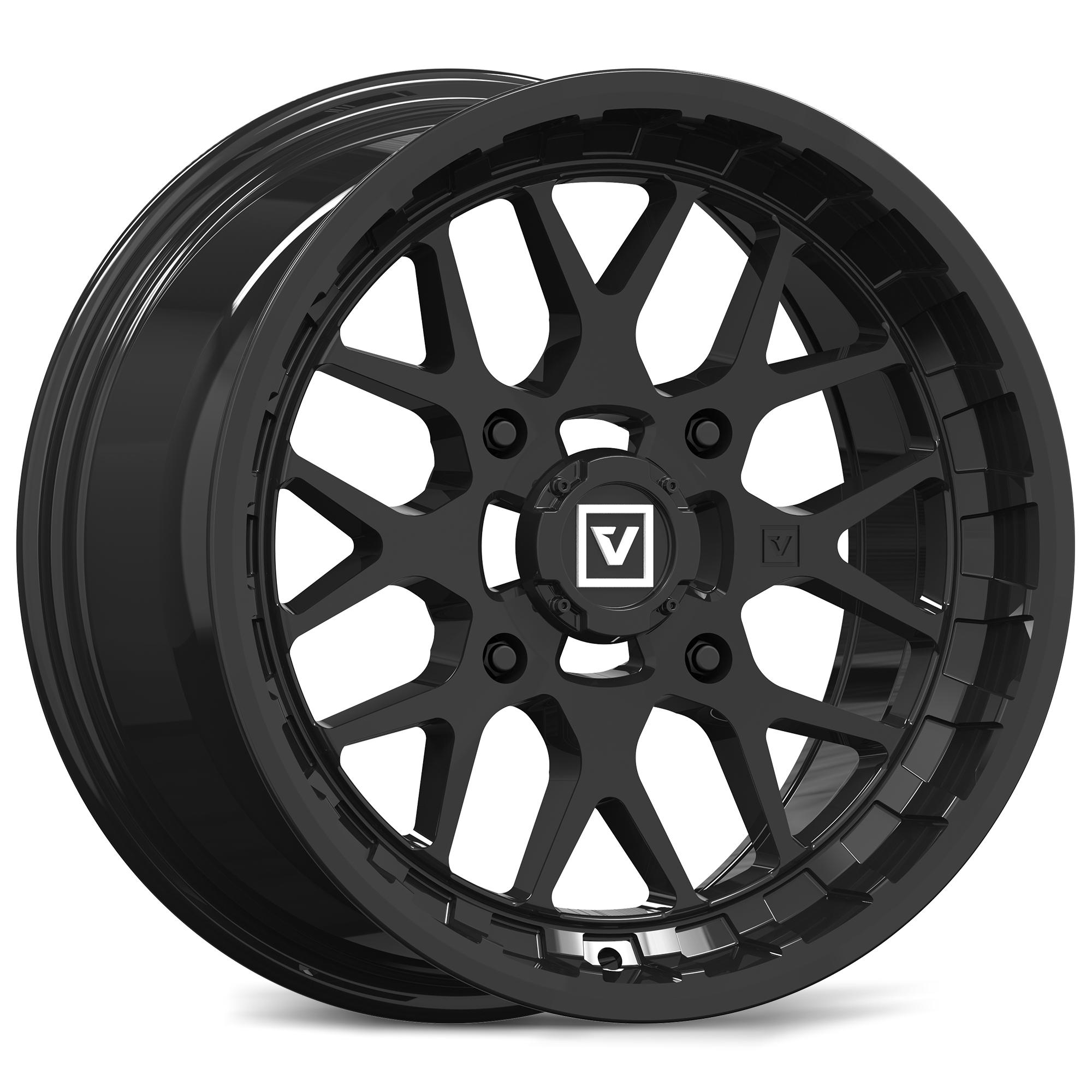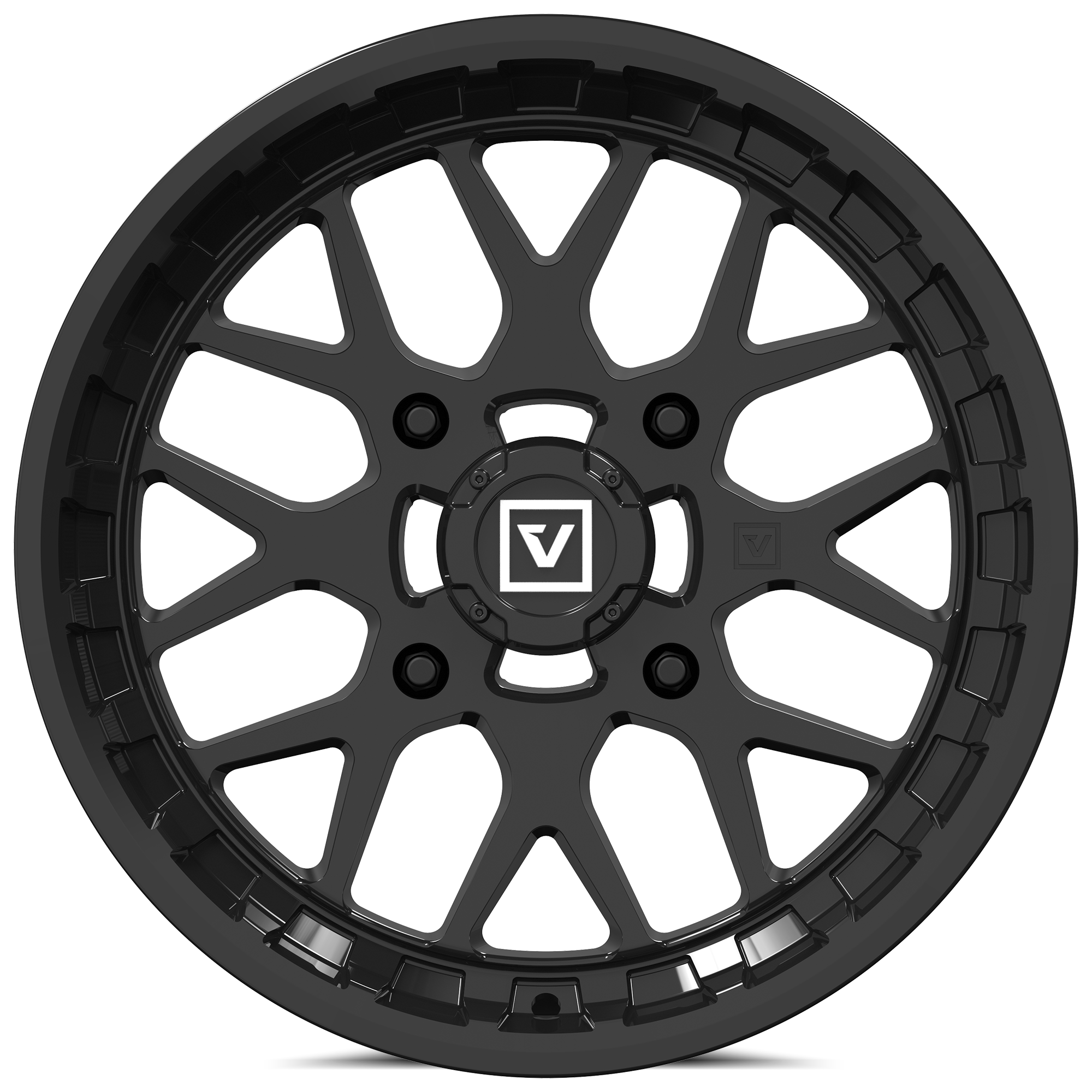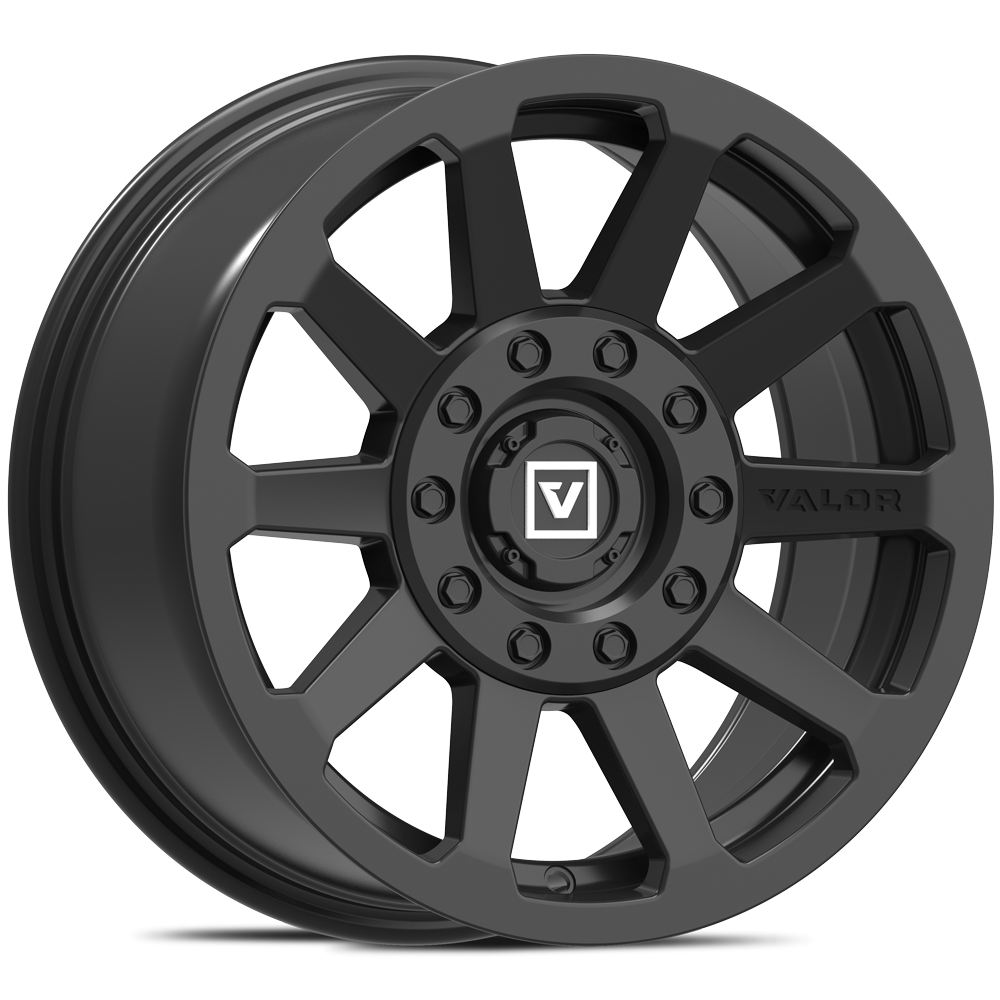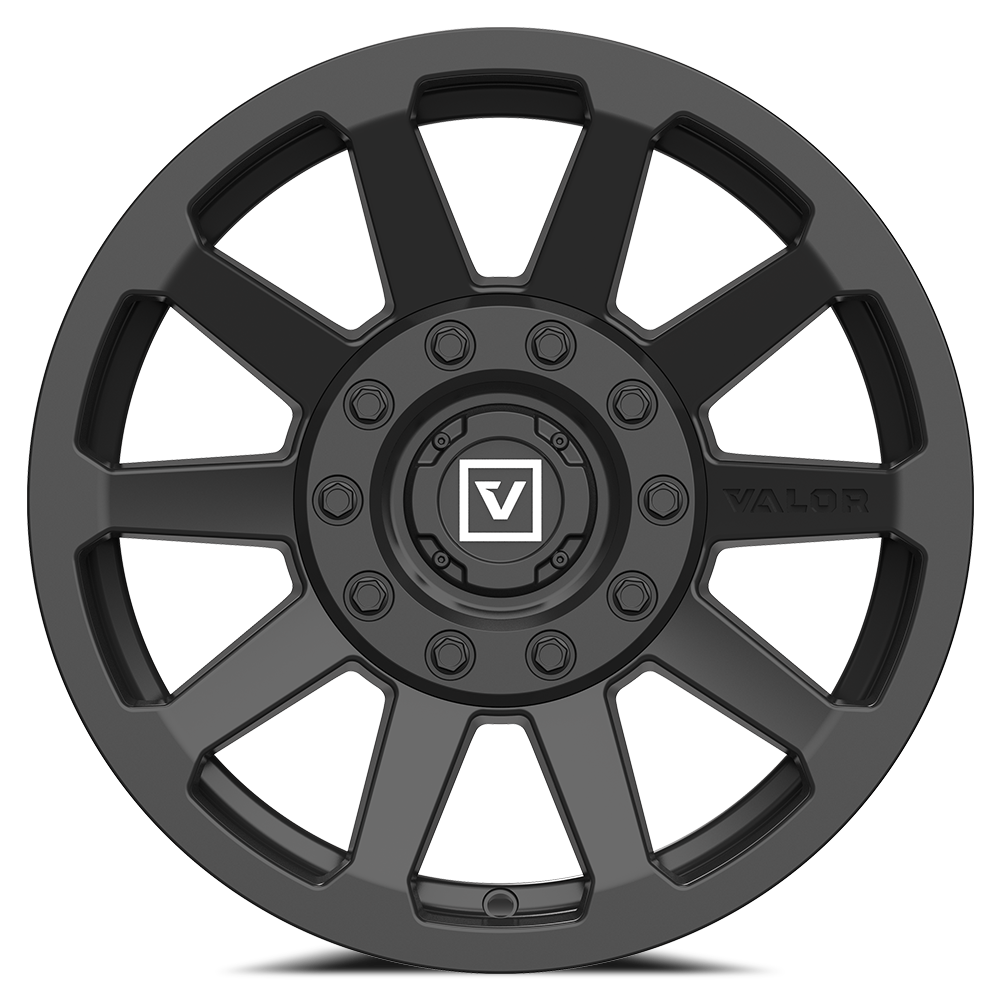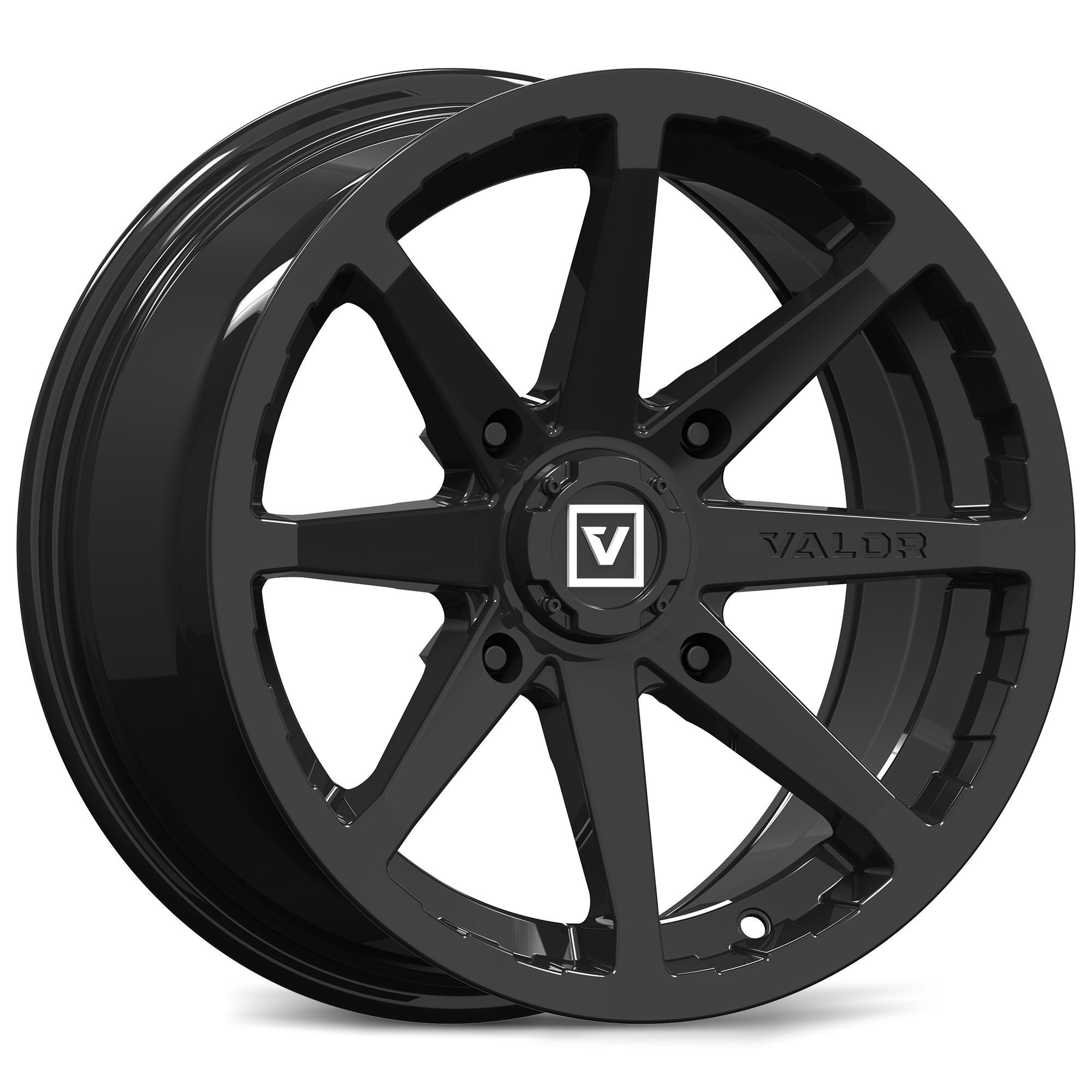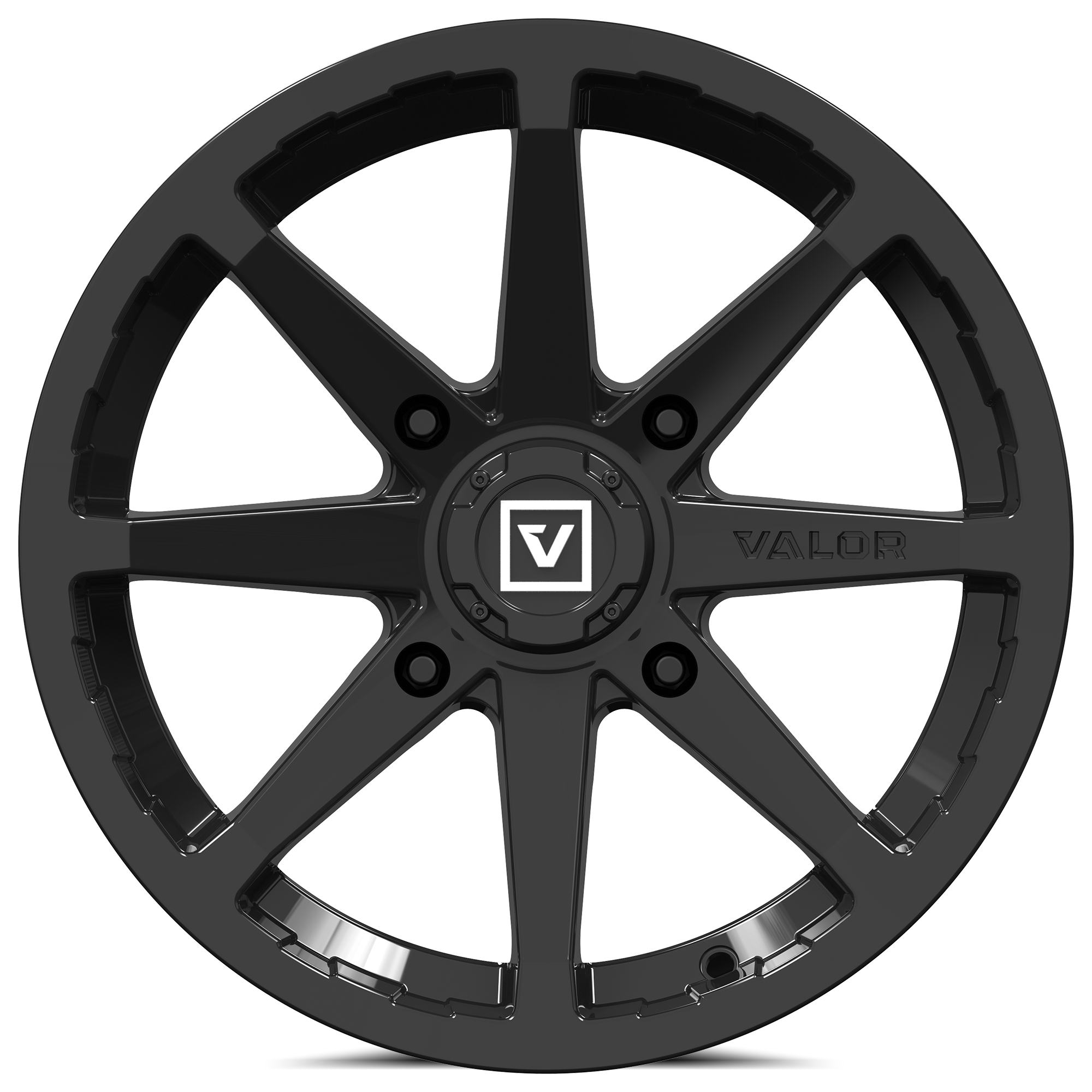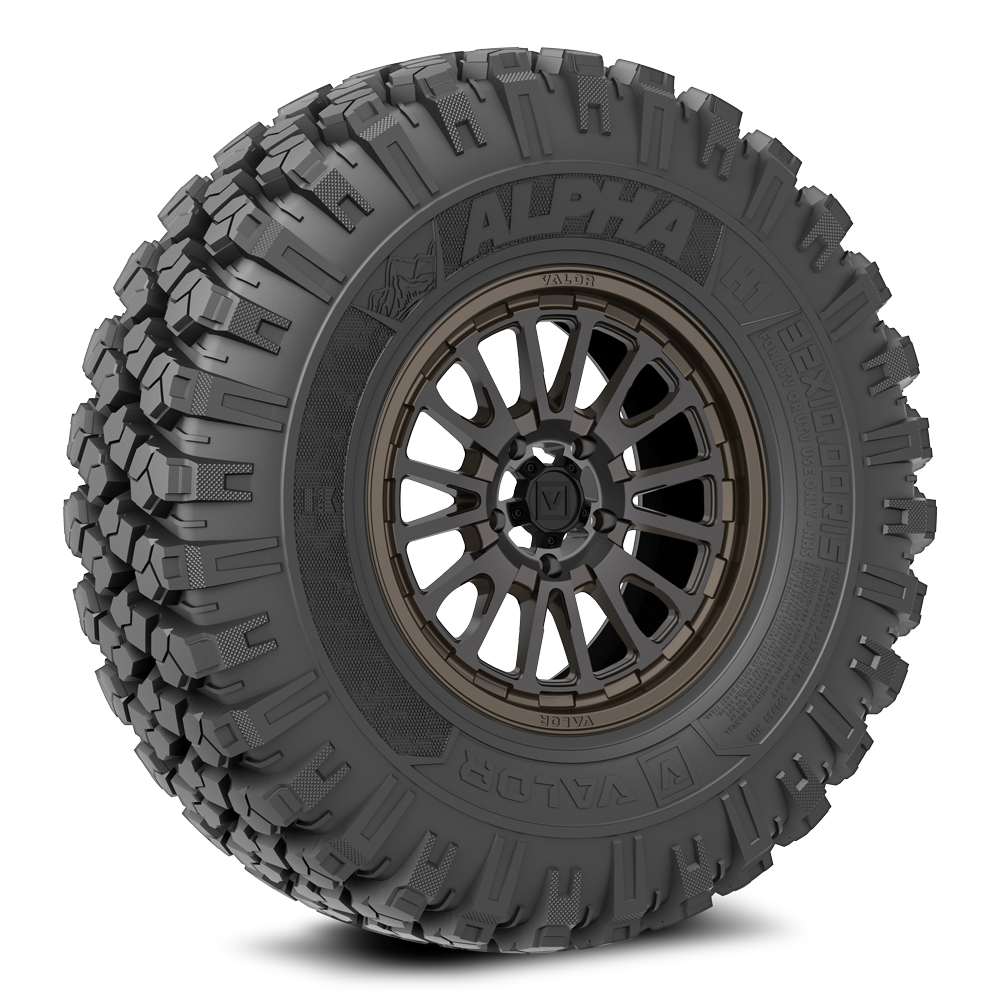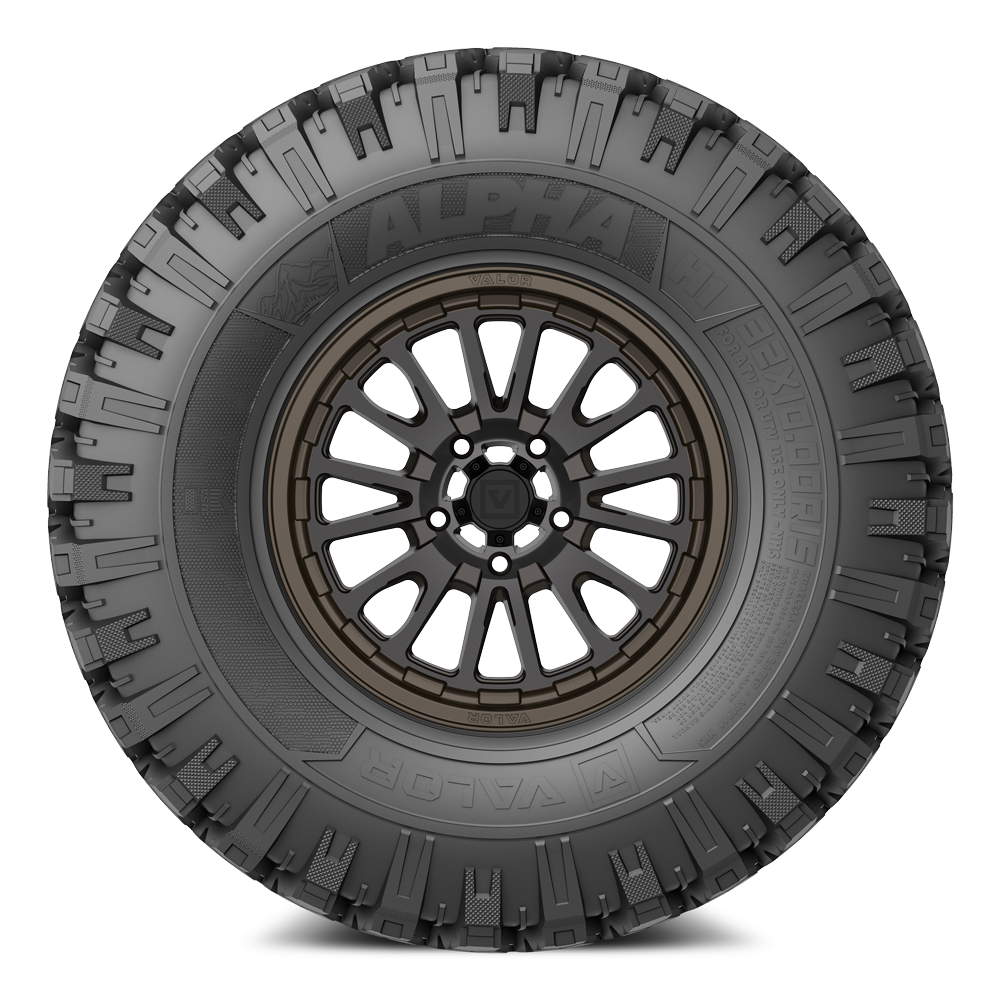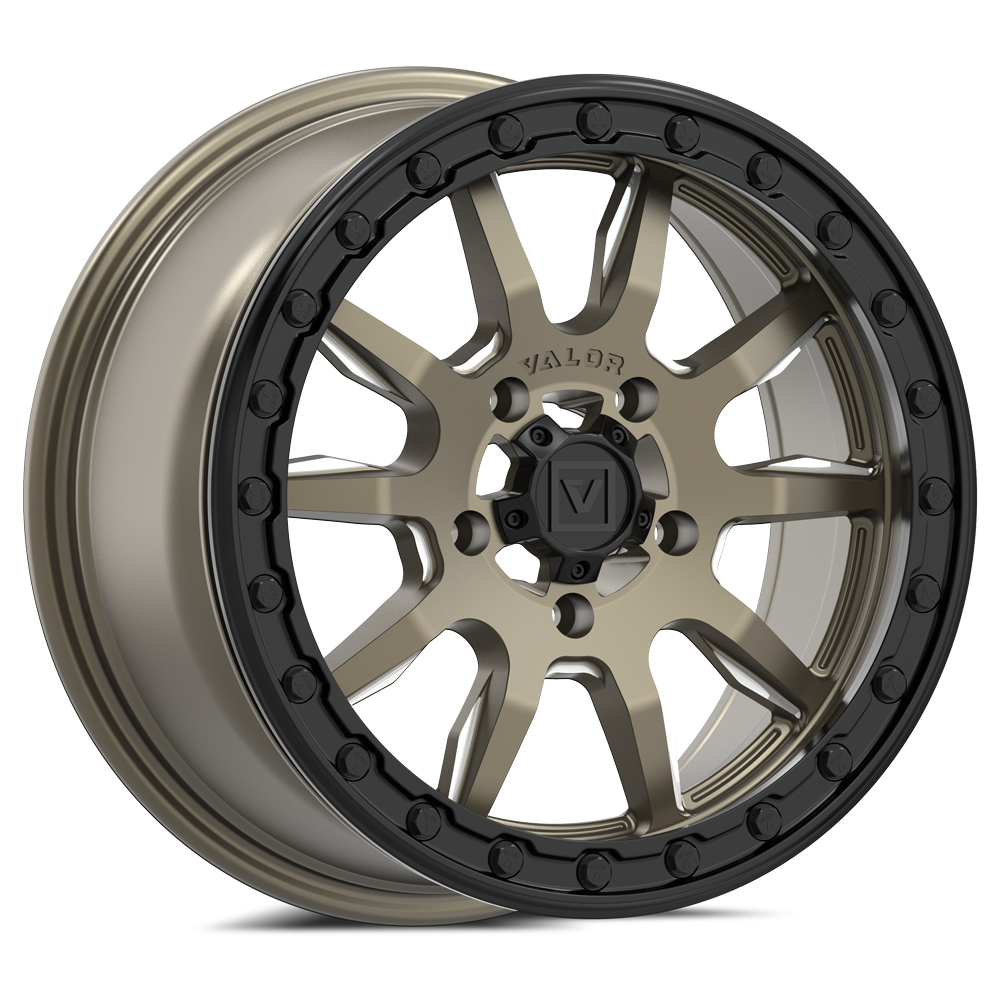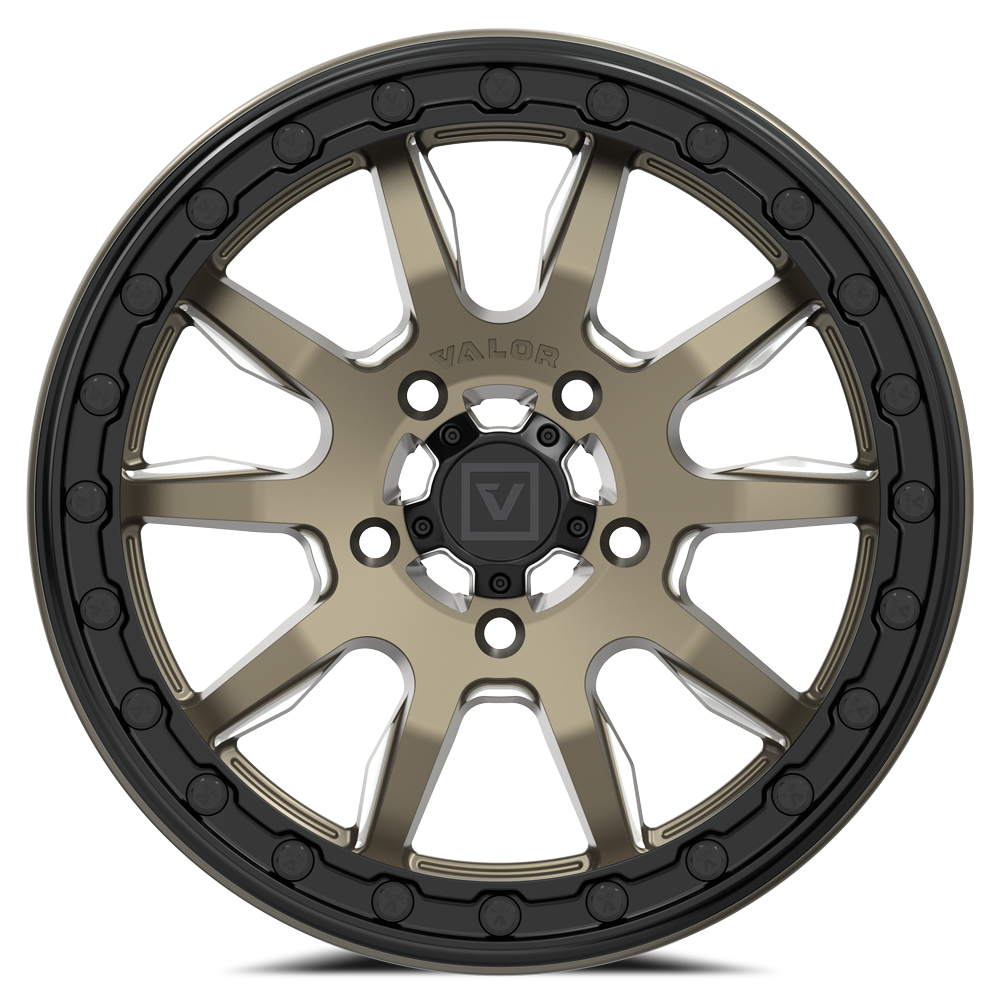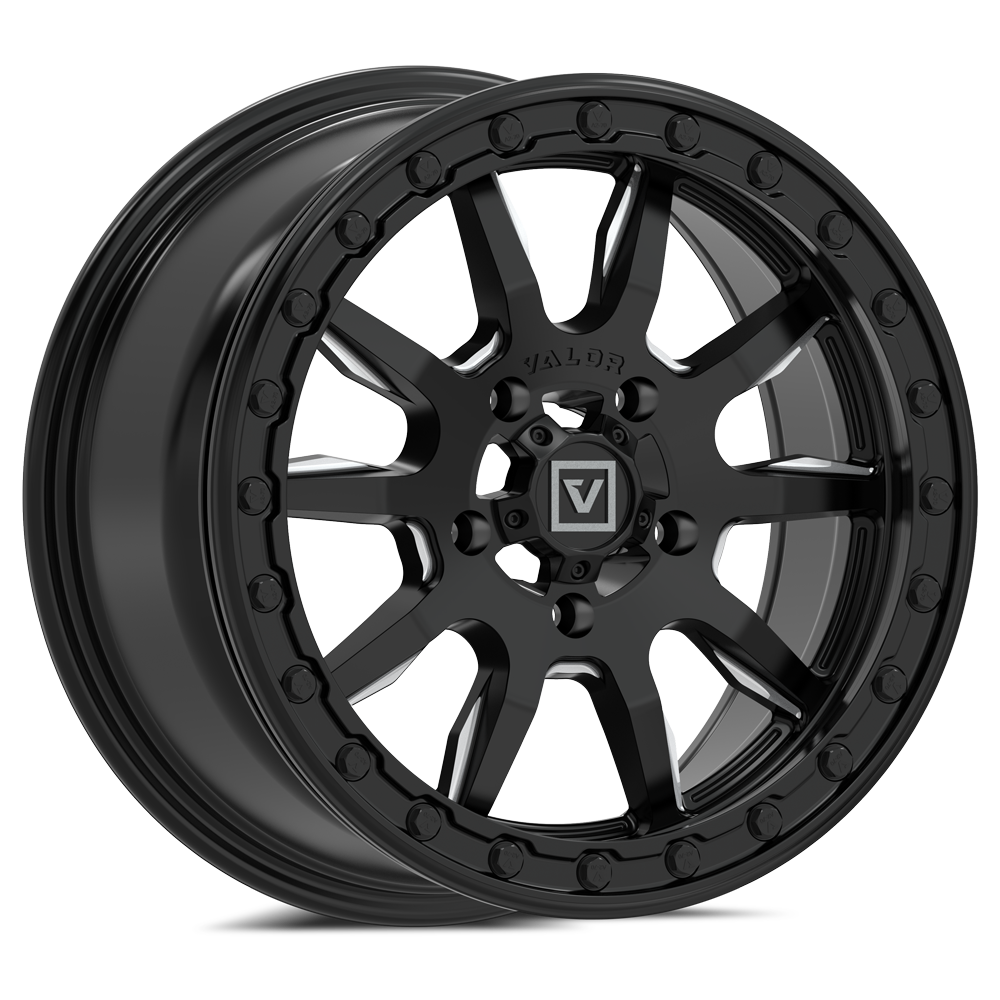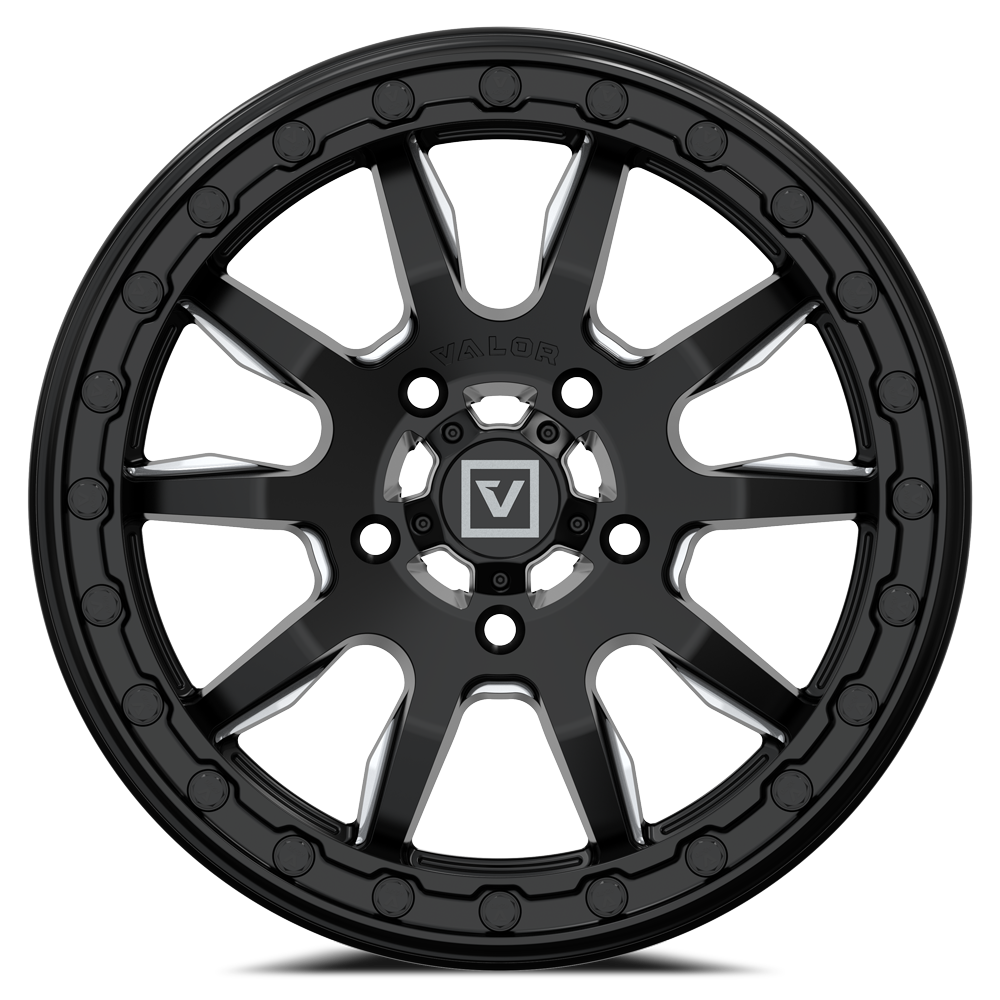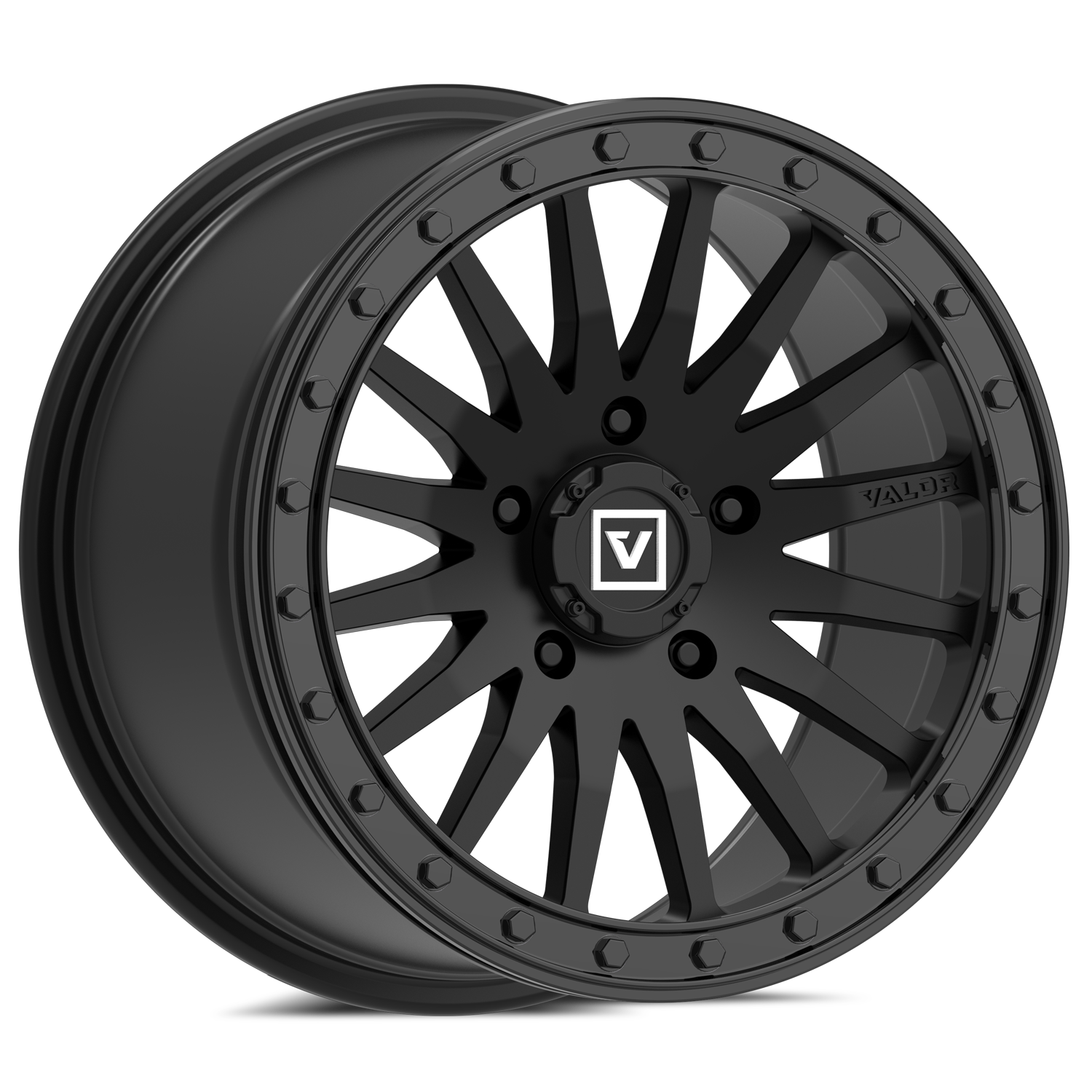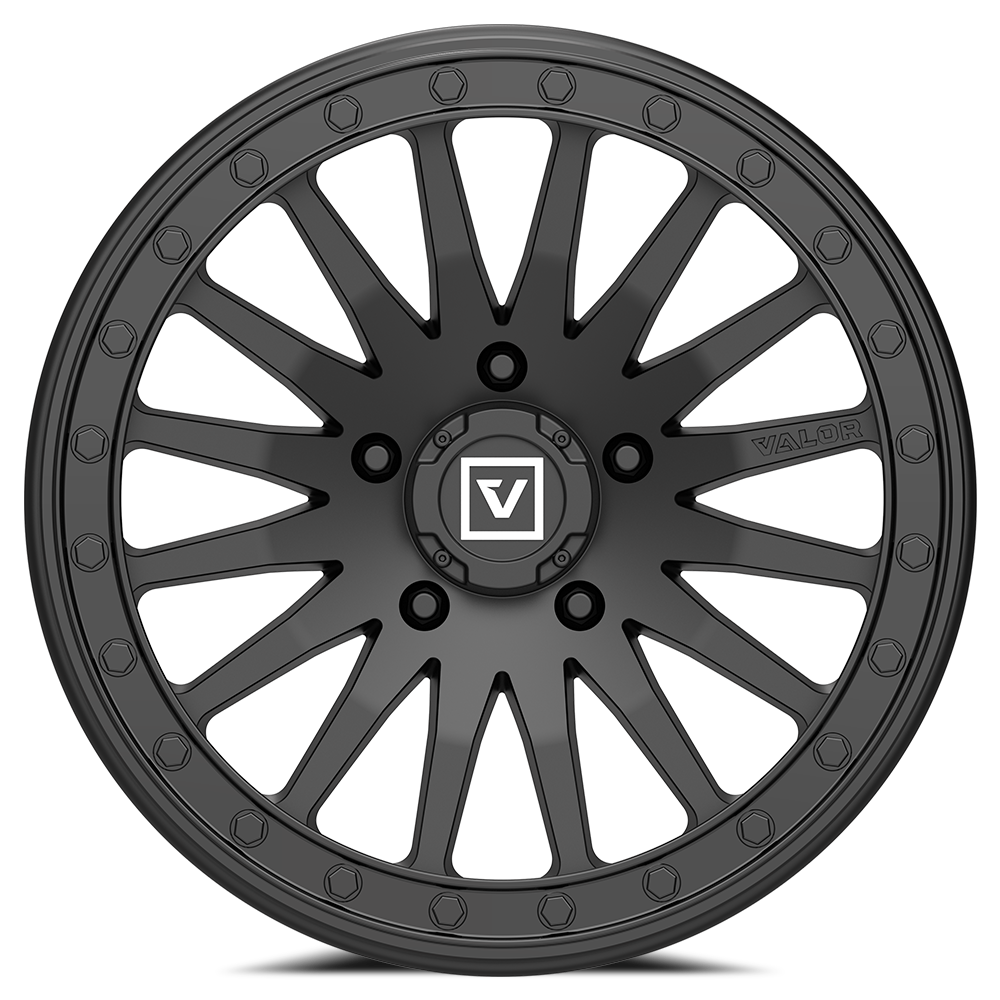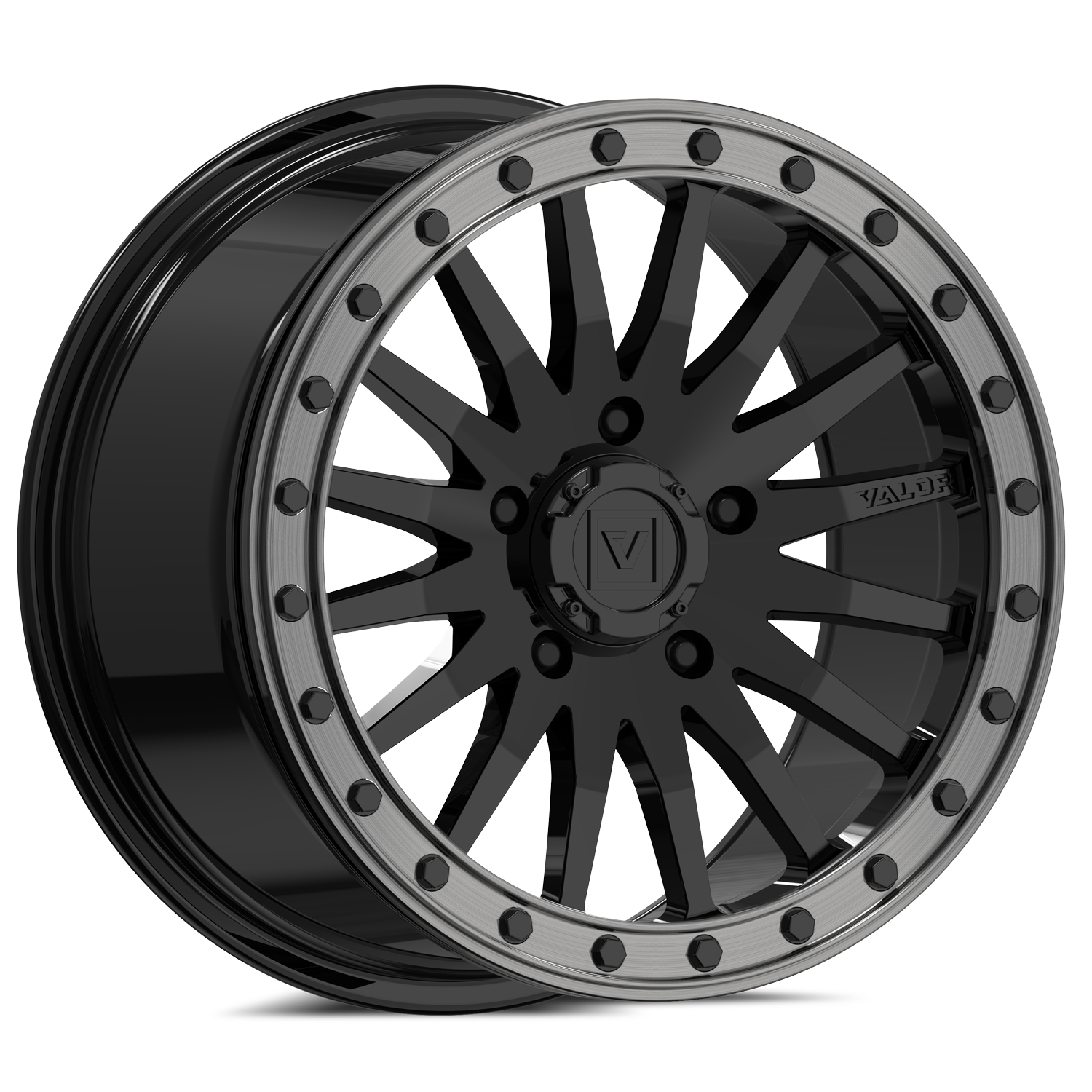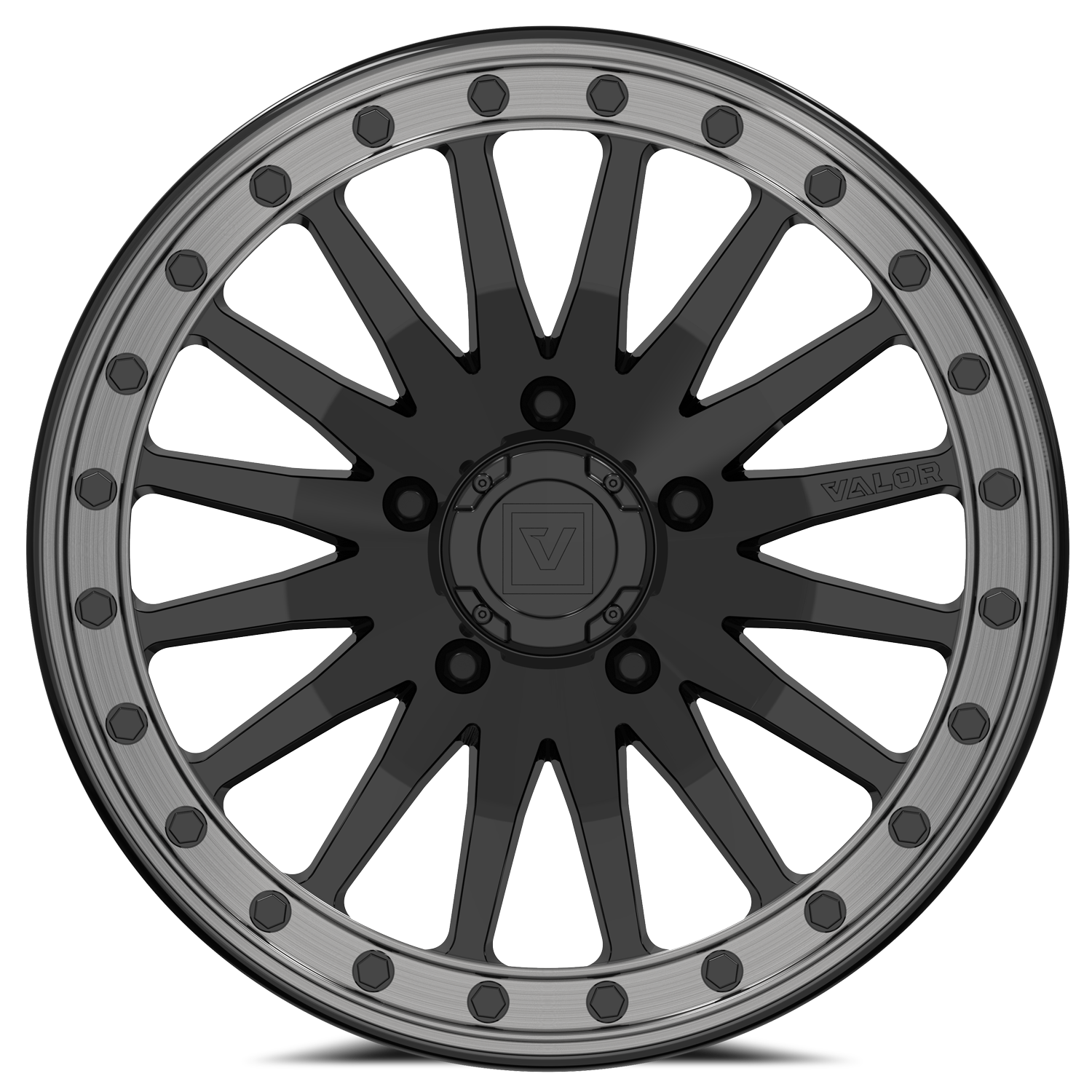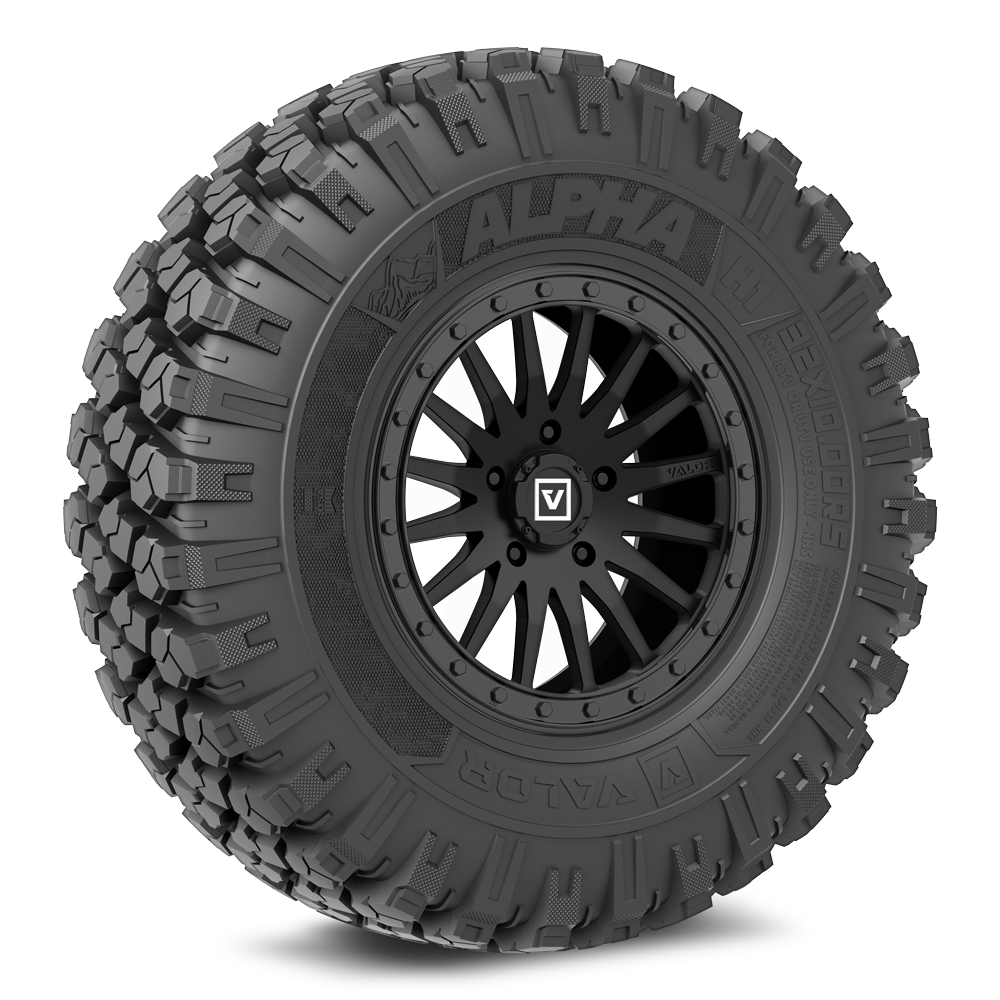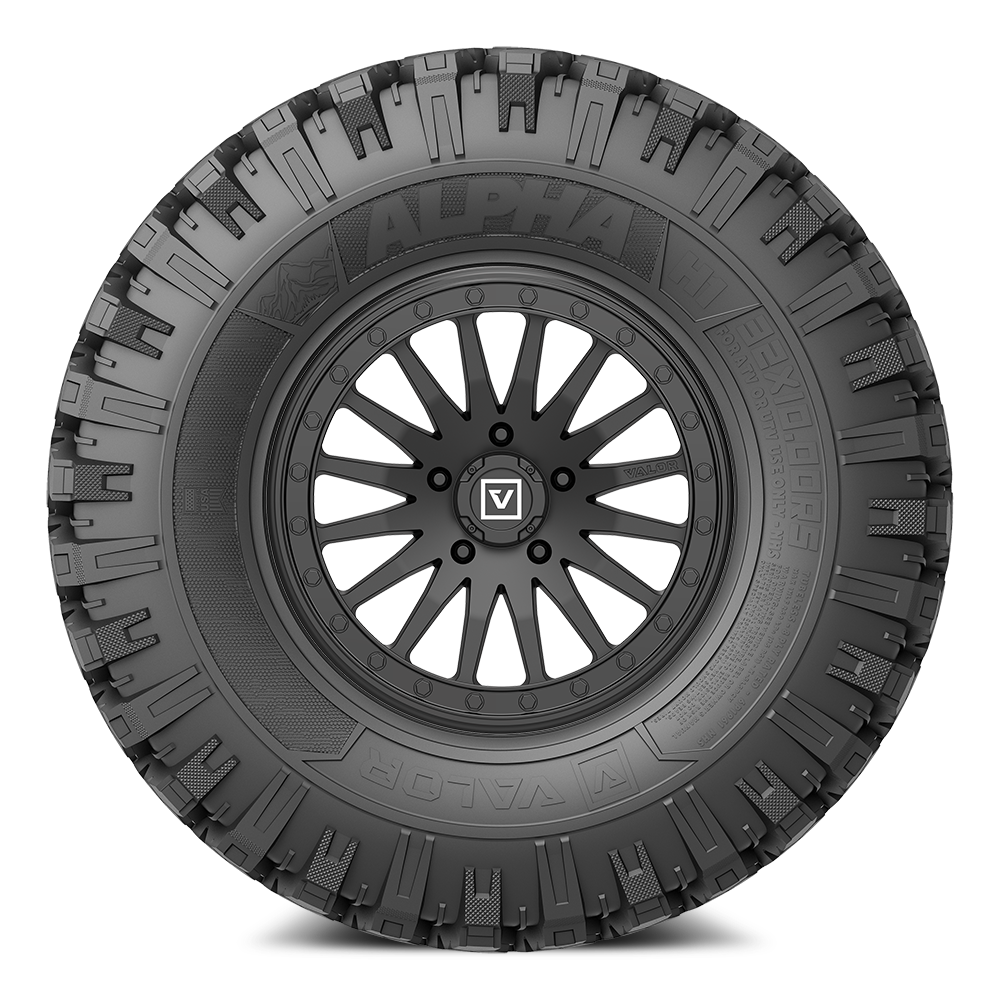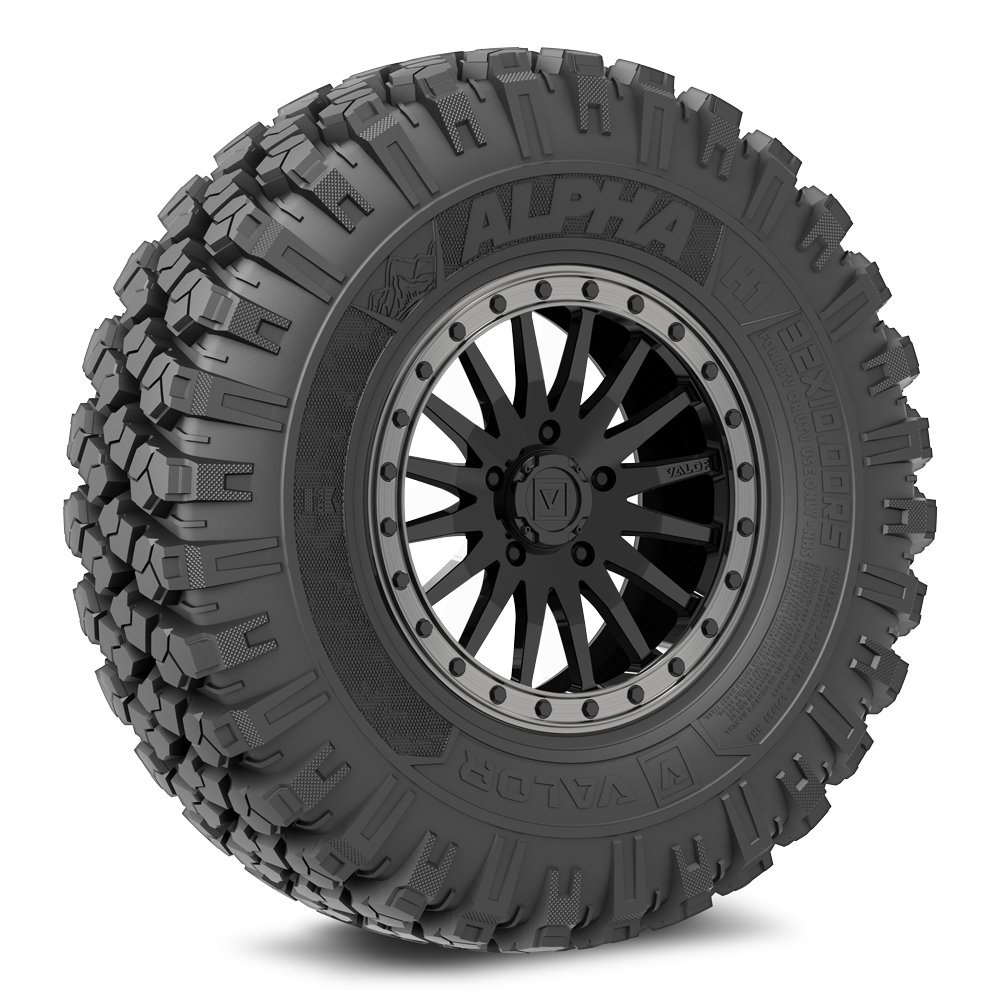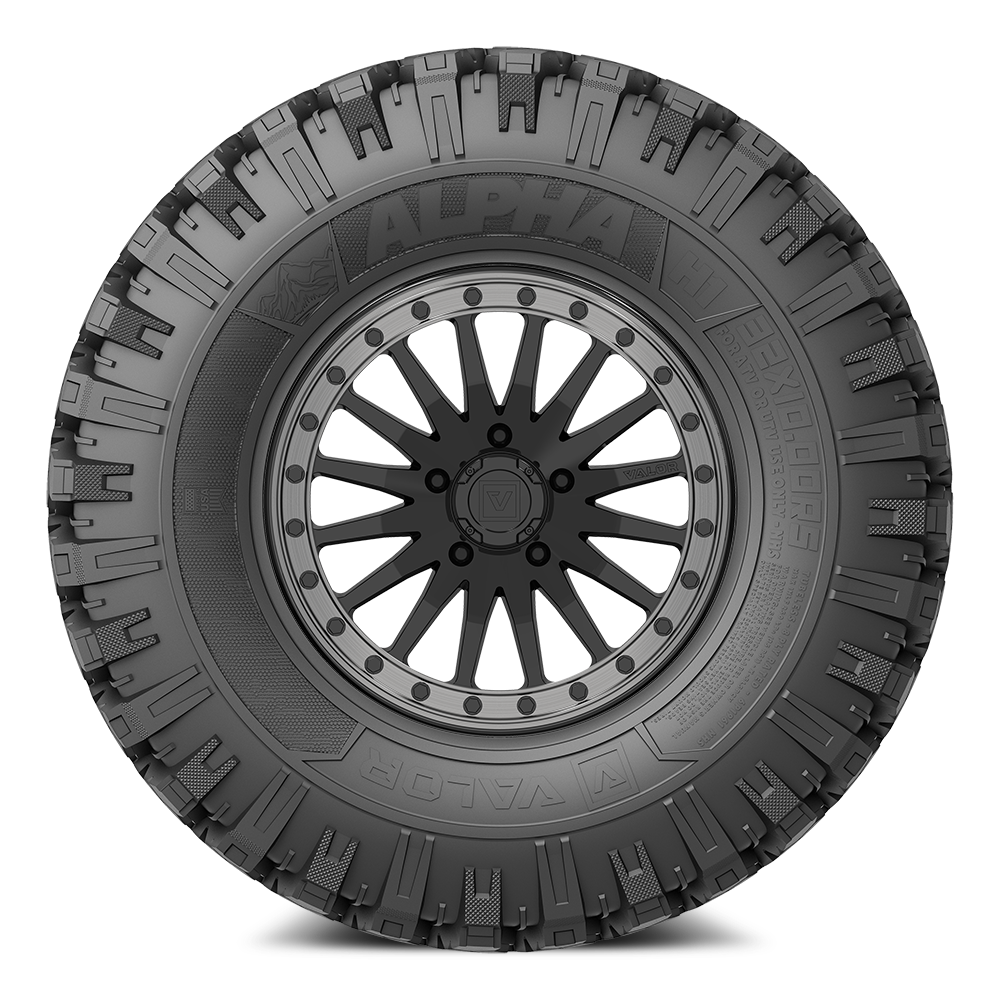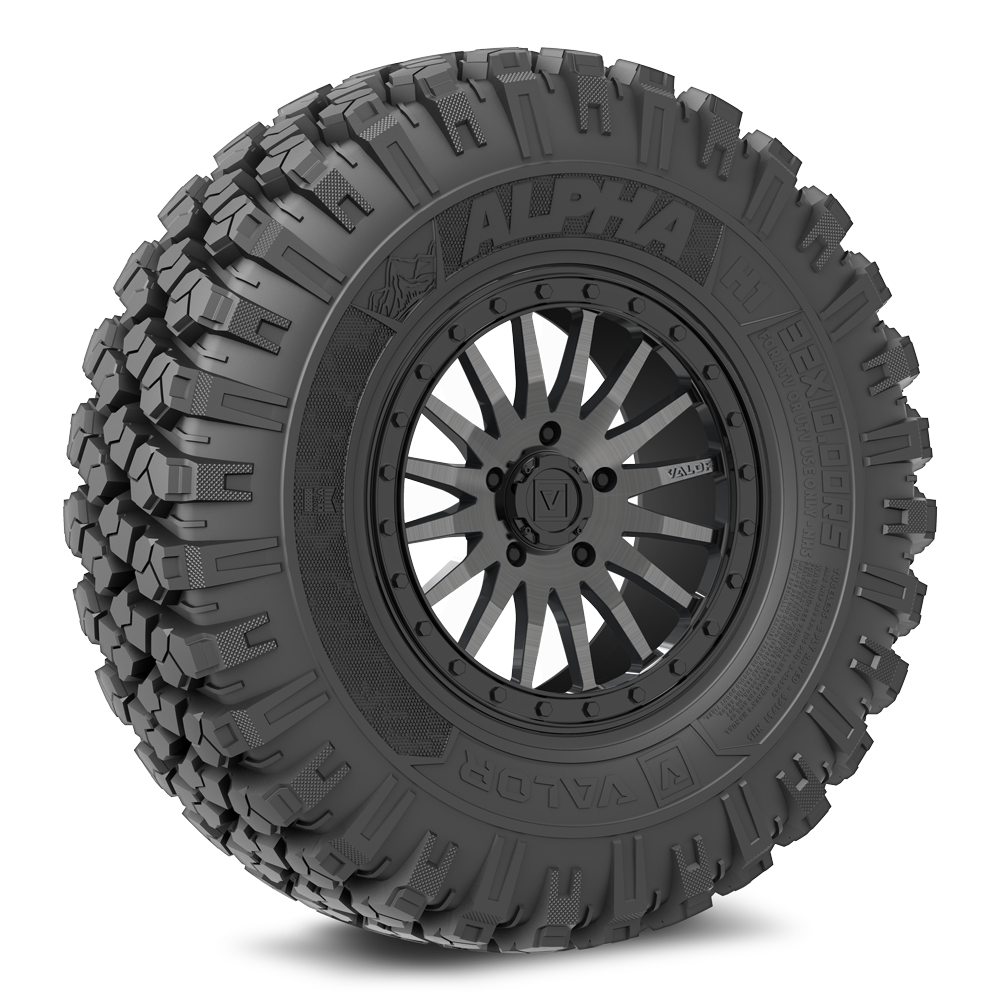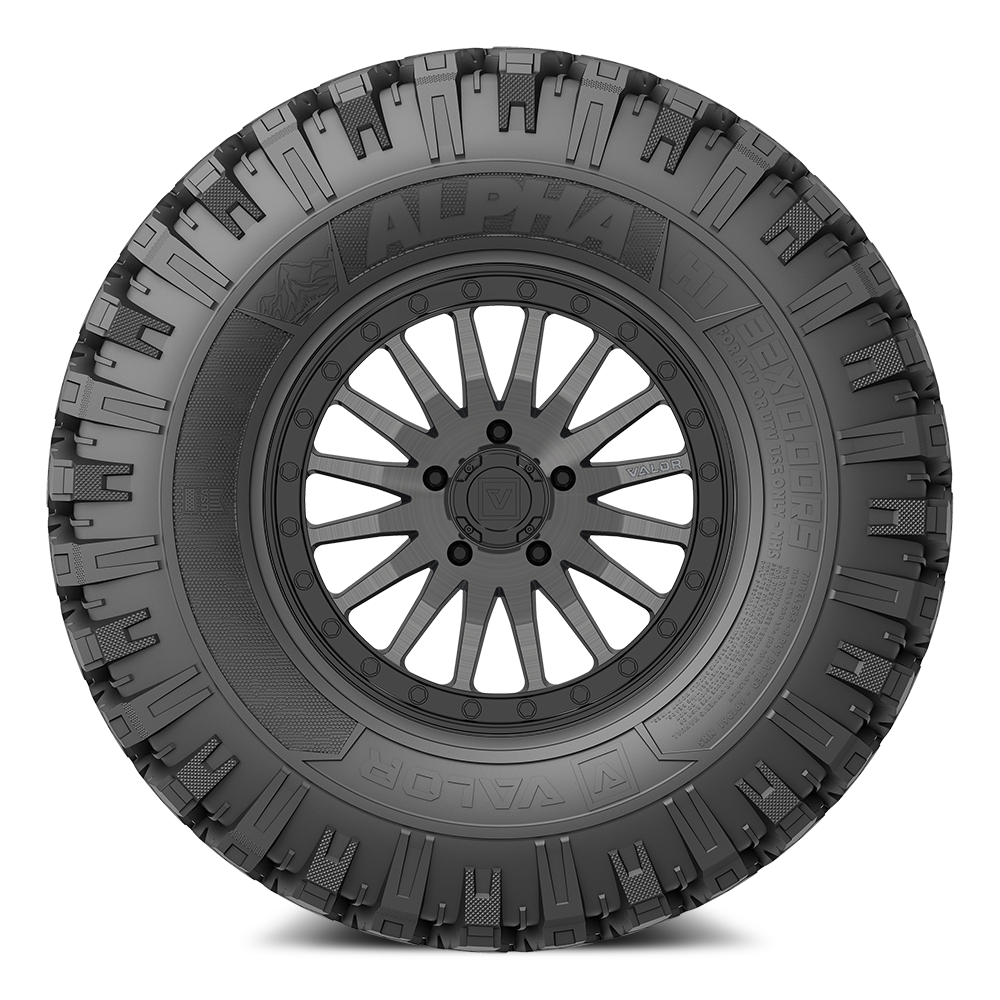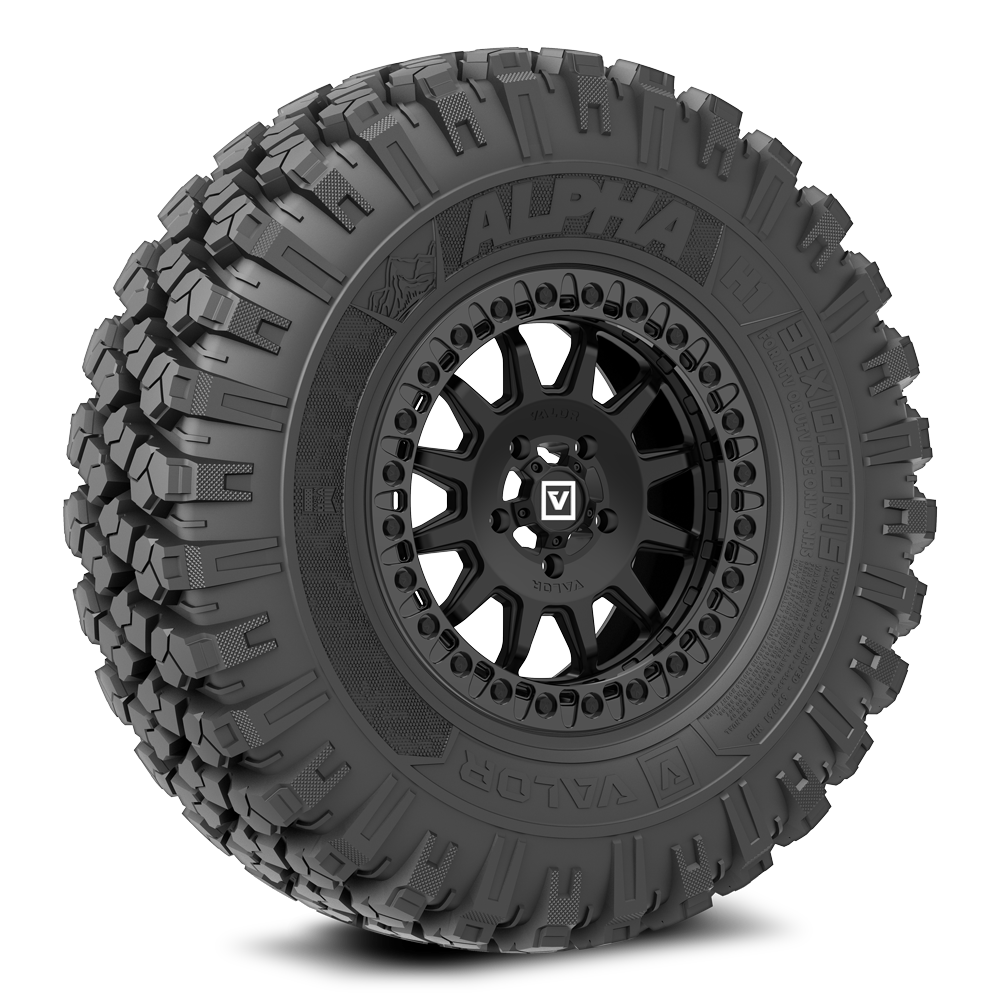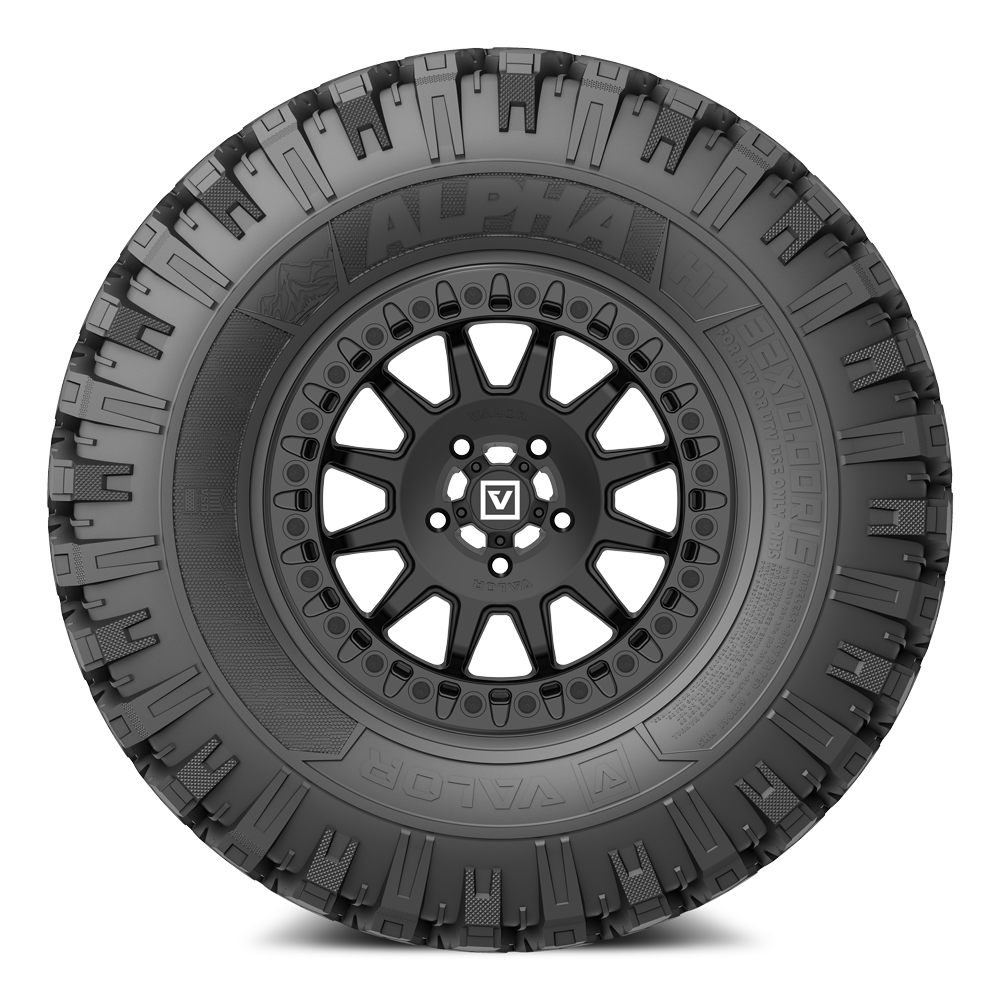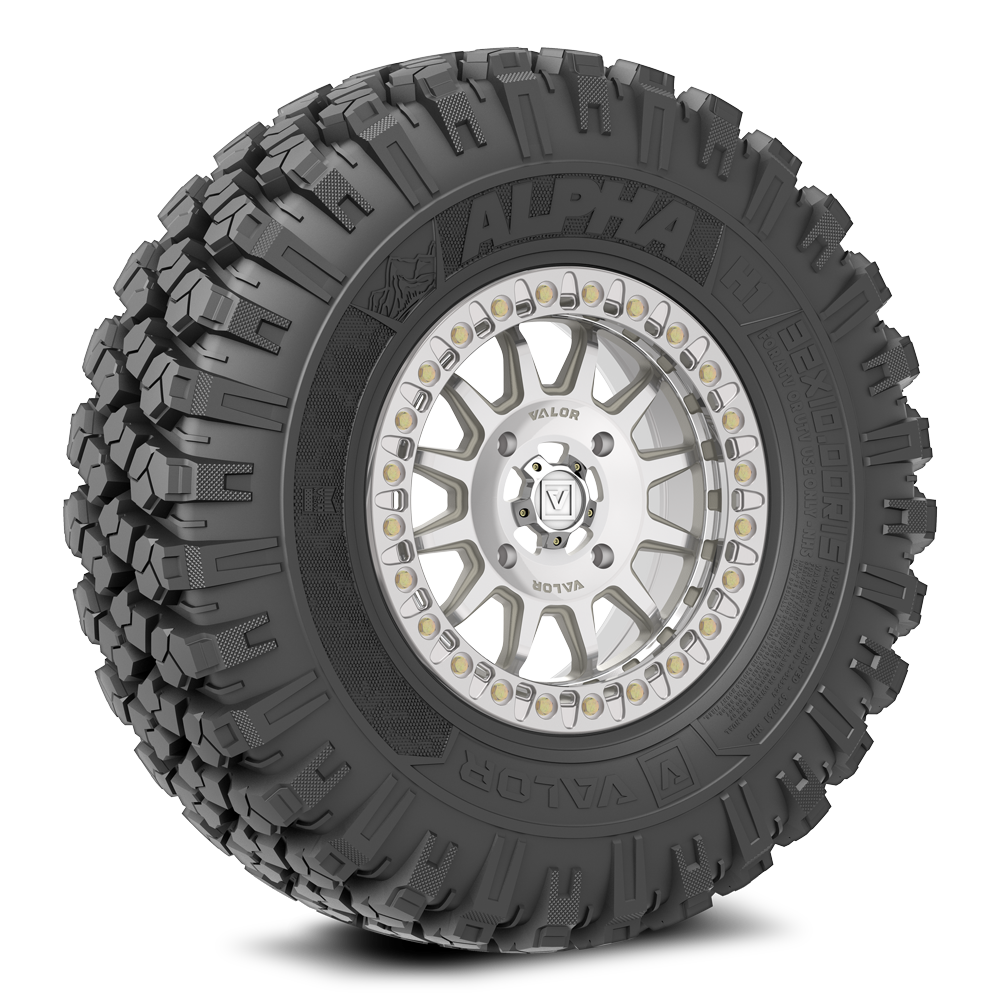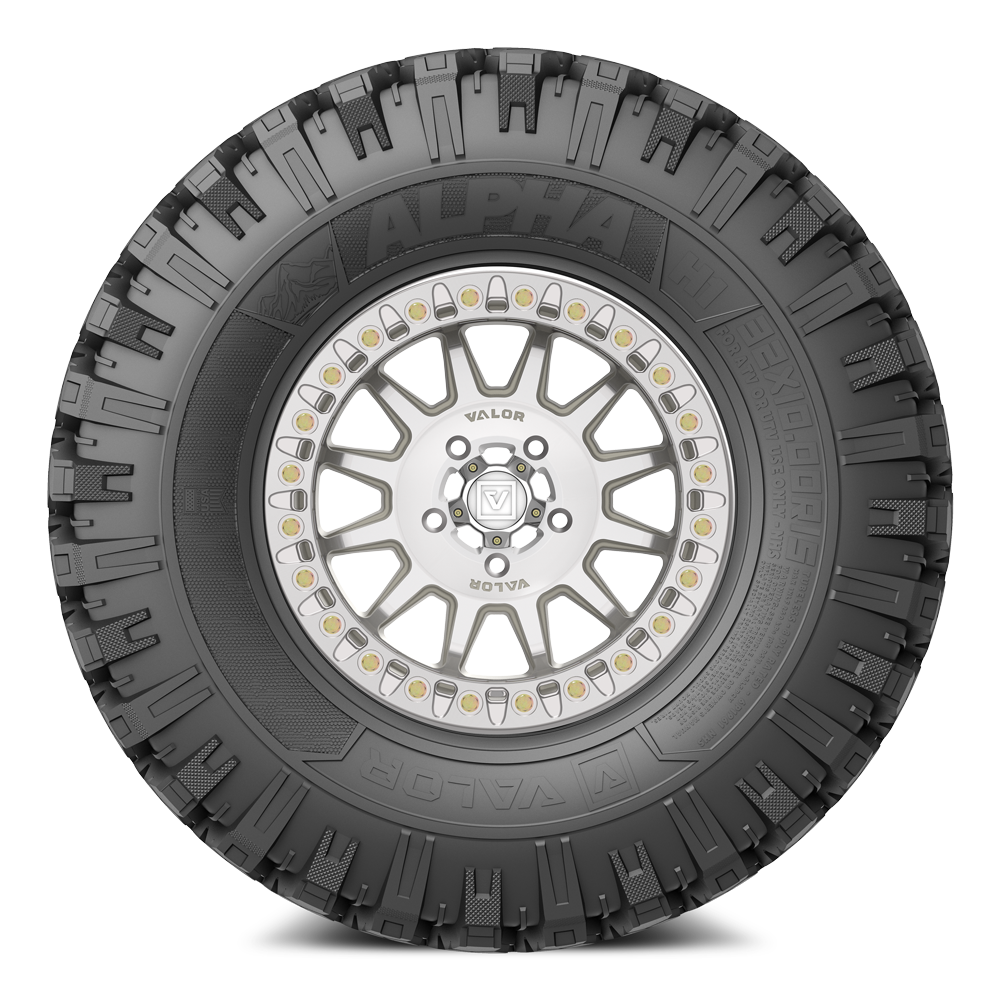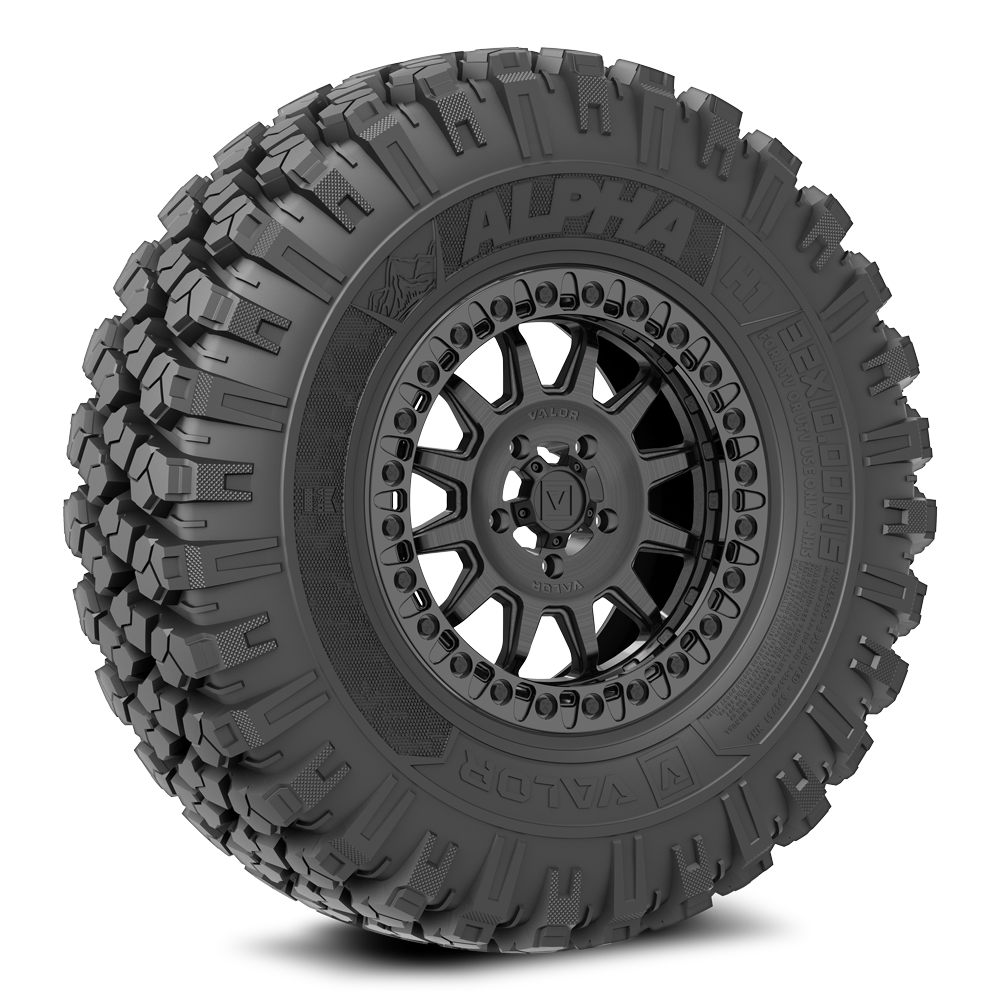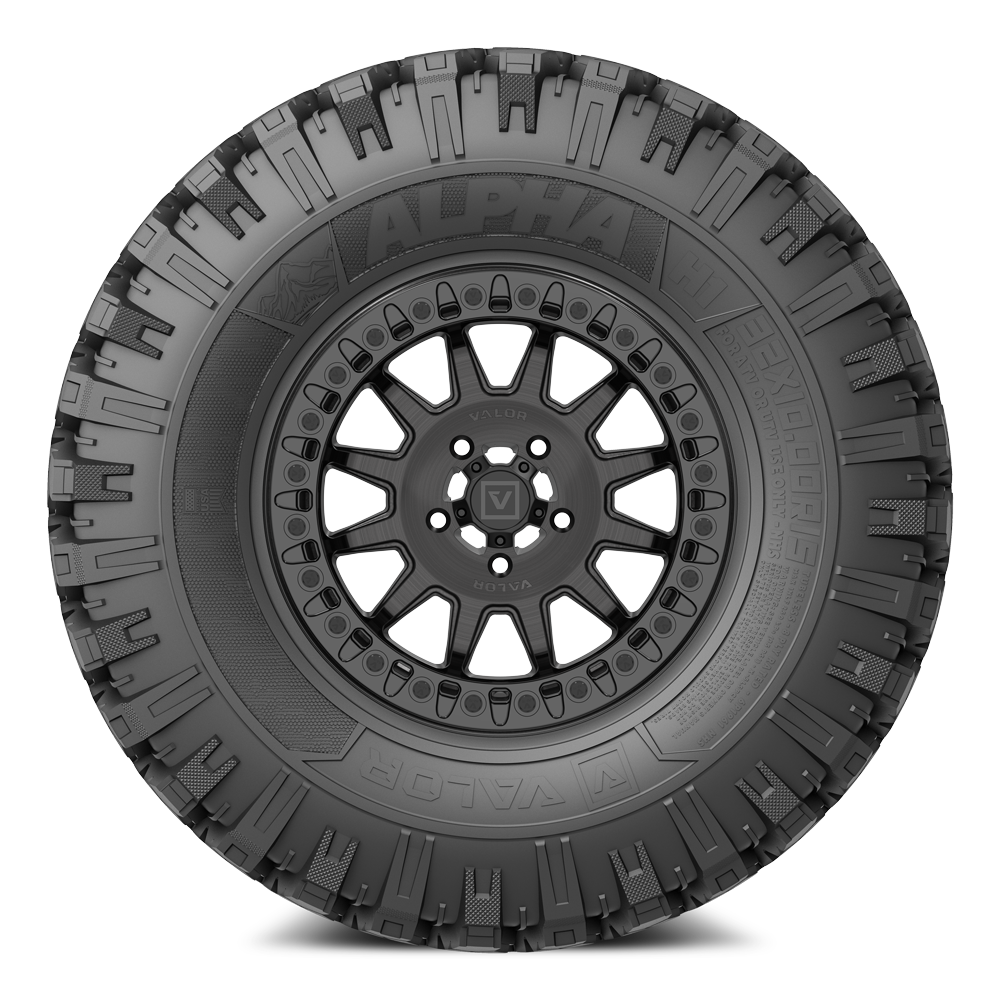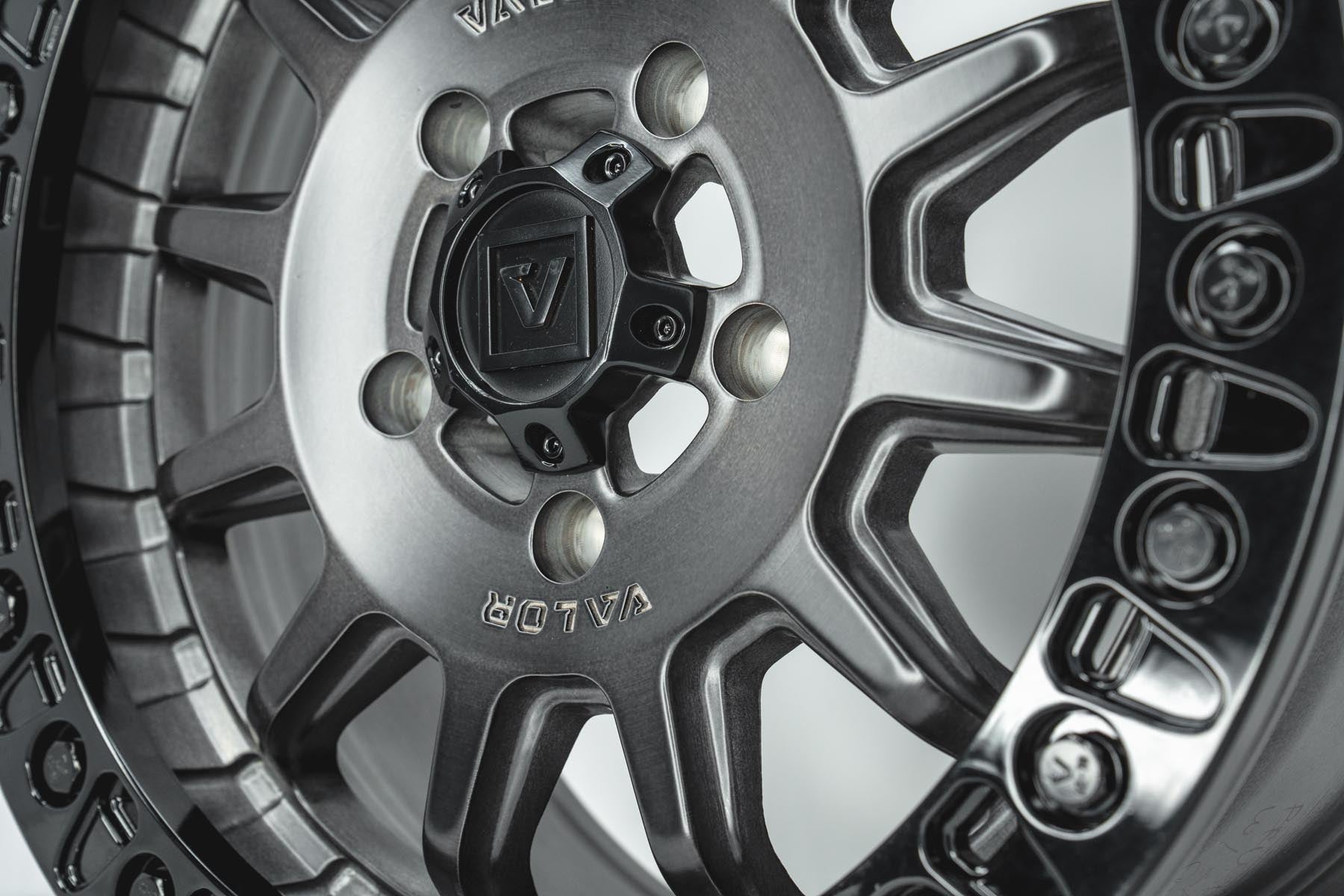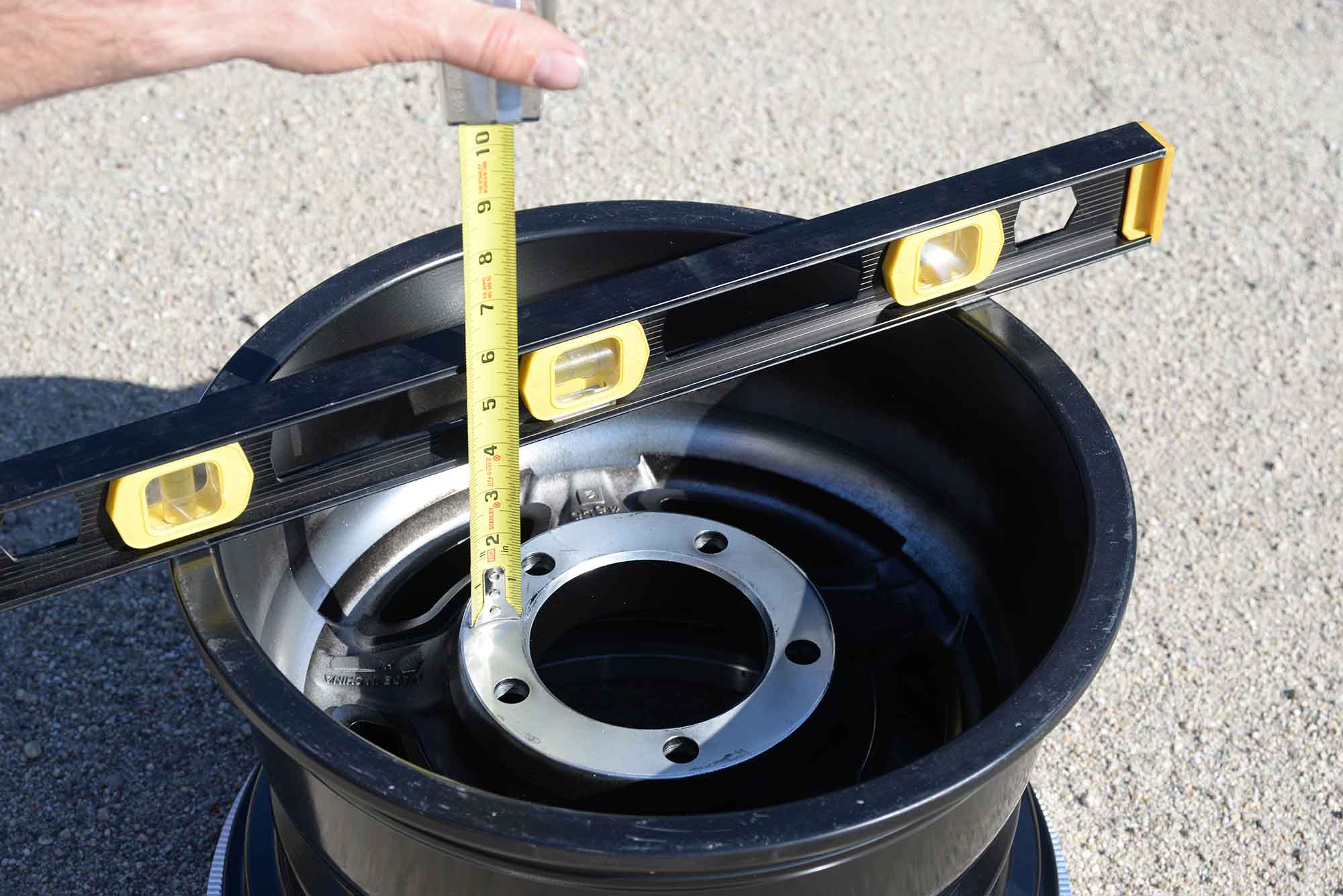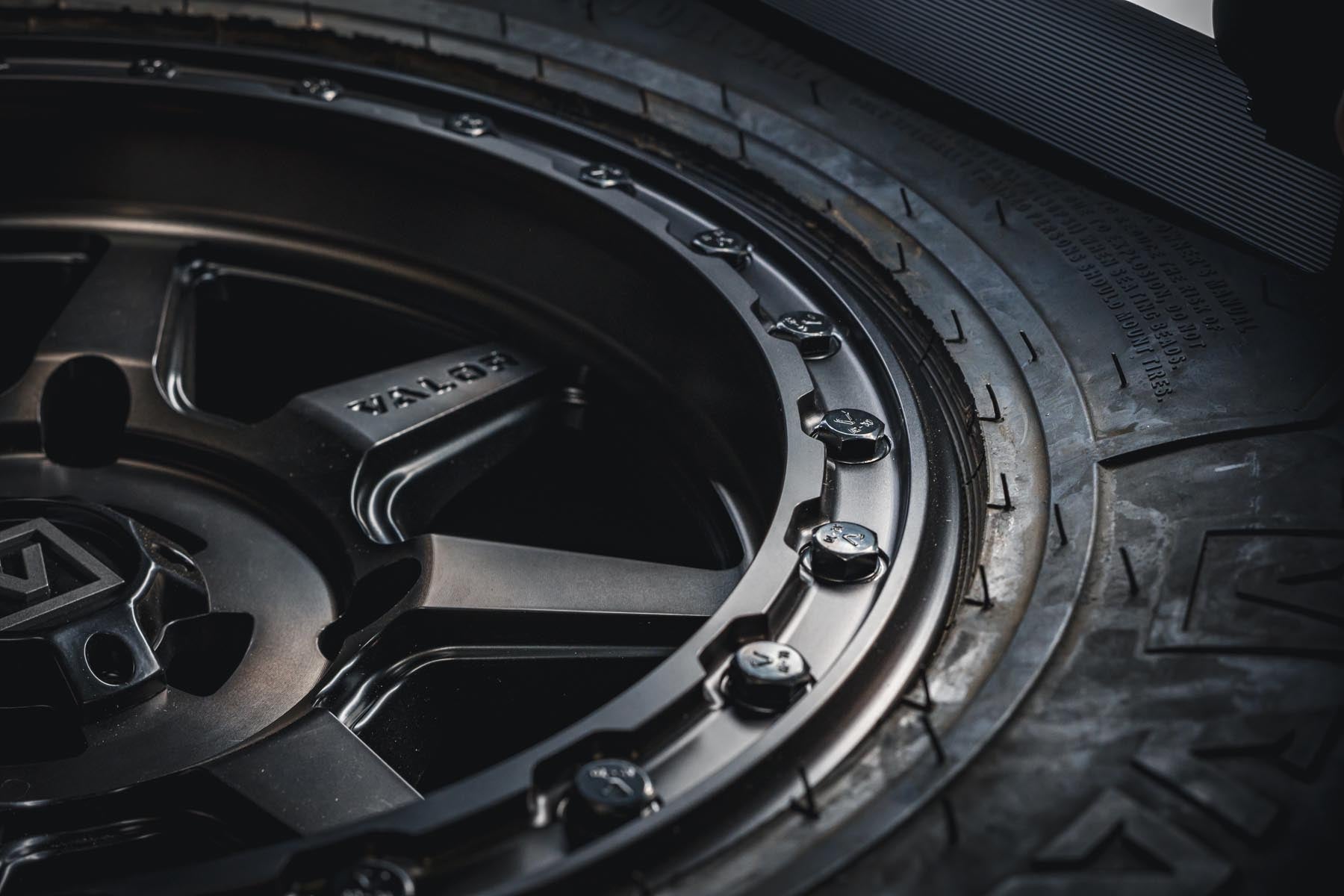If a flat hasn't happened to you yet, don't worry, it will. We all get the pleasure of changing a tire in the wild at some point, some in more precarious situations than others, yet rest assured your day will inevitably come.
Here are the most common questions we get asked regarding flat tires:
- What are the first steps to take?
- What should I bring on my UTV in the event of a flat tire?
- Can't I just drive with flat back to trailhead?
- Plugs? Spare Tire?
- Winch or Jack? or both?
Read the signs
Regardless of how prepared you are to handle a flat/punctured tire while off-roading, the early signs of tire failure can determine the severity of the vehicle and trail damage.
- What does it feel like: It’ll feel like your vehicle is being pulled to the side of the flat tire, and acceleration could feel sluggish. A gold standard indicator for UTV tire failure is any abnormal vibration, immediately detected on the steering wheel.
- Visual Clues: You may notice abnormal wear patterns on your tread. Before any ride, look for any bulging or blistering as well as any noticeable sagging or flatness. While in motion, you may detect a faint burning rubber smell without any visible smoke.
Flat Tire Kit Essentials?
- Tire plug kit
- Jack (Compressed air, hydraulic or balloon)
- Tire pressure gauge
- Optional: Pair of gloves
- Compressor or CO2 cartridges (pack extra for 35"+ tires)
Step by step of how to fix a flat on an UTV:
- Get all passengers out of the vehicle and try to roll/winch your way to a flat area. If you try to jack your UTV up on a slant, gravity will win 100% of the time and you'll end up with more damage than you started with and potential to hurt/harm anyone involved.
- If no flat ground is accessible, decide the best approach to your unique situation (winch from side, roll until you get to flat ground, safely level vehicle using available terrain).
- Grab your tire plug kit, find the puncture and clean the area around it.
- Clear debris and and chap the edges of the hole by inserting the jagged tool through the puncture.
- Scratch up the area around the puncture and apply cement to the area around the puncture.
- Thread a plug through the eye of the insert tool and insert plug into puncture.
- Remove insert tool and cut off ends of the plug that are sticking out
- Use the CO2 cartridge to inflate to preferred PSI
- Check for leaks often
Can't I just drive with flat back to trailhead?
Unless you've exhausted any and all other options and this is your bsolute LAST option to get your party home safe, the answer is No. Riding without any pressure in your tire can destroy your wheel, hub and suspension causing thousands of dollars in damage and could even delay your recovery if you further destroy moving parts of the vehicle.
Tire plugs or just bring a spare?
If you have the ability to bring both, do it. Carrying a spare is always a great idea for you or anyone else in your party that has a flat. Valor Offroad has the industries first dual-drill UTV wheel specifically designed for recovery situations where your spare has both 4x137 AND 4x156 bolt patterns to fit nearly ALL make/model UTVs and ATVs on the trail. Click to learn more about our Dual Drill UTV wheels.
Tire plugs are an essential and you should always carry a complete tire plug repair kit on you at all times when riding. Most kits are under $40 and are one of the cheapest solutions for simple puncture flats so you can finish the ride instead of limping back to trailhead.
Winch or Jack? Or Both?
This is a very personal decision however each has their positives and negatives. We typically see about 1/2 of the riders on trail use a winch, while the other 1/2 carry a jack. This depends on your specific riding terrain, however in the Rocky Mountains, you're going to need one or the other.
- Winch Negatives: Heavy. Expensive. Adds additional weight for something you may never use. Needs maintenance to ensure proper functionality and user safety. Requires several other bulky components.
- Winch Pros: Can get you out of almost any situation as long as you have a way to anchor your winch. No matter the slope angle or approach, winches are by far the most useful recovery tool on the market.
- Jack Negatives: Must be on flat ground for safe use. Can be bulky and require mount depending on style. Moderately expensive depending on brand/type.
- Jack Pros: Quick to setup and use. Compact versions that use compressed air are lightweight and take up hardly any storage room. Don't require anchor point and bulky straps.
Recovery Kit Essentials:
Every rider should have a recovery kit/system in their storage. These systems come in every shape, size and price tag however find one that meets the basic needs of you getting safely home in the event of a bad situation. We recommend at the very minimum the following items:
- 1x Heavy duty snatch strap (preferably with stretch or kinetic) at 15'+ and at least a 4500# or higher load rating.
- 2x Soft shackles (Won't scratch your UTV)
- 1x Tree saver strap
Note: Always bring an extra belt. For the money/weight, it may be the difference between walking or driving.
Here is a great video on how to recover your UTV using your winch:

